Warm wood grains, rugged stone, and ingenious space-savvy tricks are reshaping what a cabin kitchen can be today—mixing nostalgic charm with 2025’s quiet-luxury polish. Designers are pairing reclaimed timbers and live-edge counters with tech-forward, concealed appliances, weaving in Scandinavian lightness, copper glints, and smart organizers to make even the tiniest mountain galley feel generous. Ready to translate those trends into your own retreat? Dive into twenty fresh, practical ideas that keep the smokehouse soul of a cabin kitchen alive while adding modern efficiency and eco-minded materials.
1. Reclaimed-Wood Beams Define Your Cabin Kitchen Ceiling
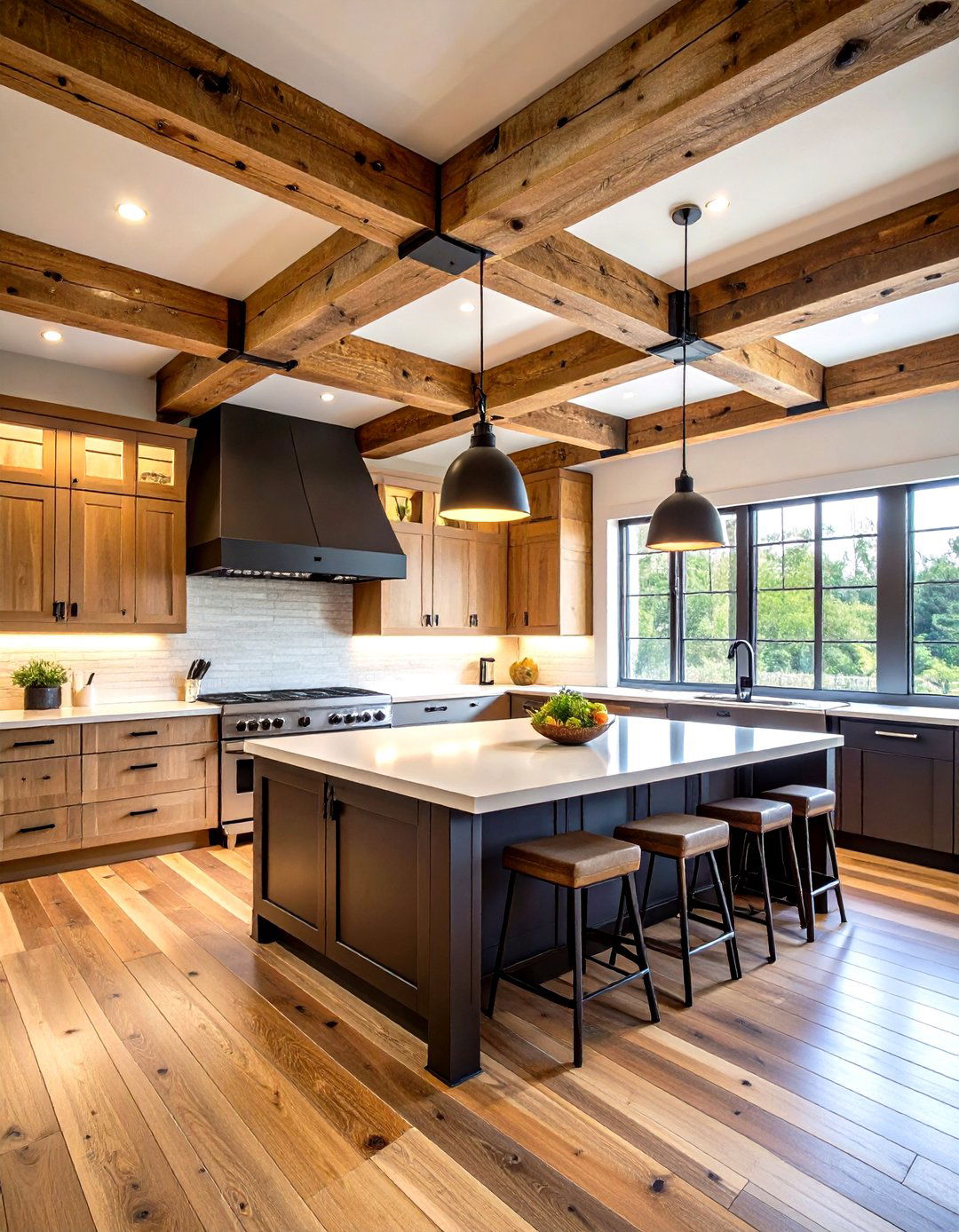
A single glance upward can set the tone: exposed beams milled from locally reclaimed lumber instantly root a cabin kitchen in its surroundings while hiding modern wiring for spots or pendants. Rustic textures read authentically vintage yet, because reclaimed beams are kiln-dried, they resist warping and pests, making maintenance easy. Highlight their heft with matte-black brackets or leave them raw so grain and nail scars tell a story. Between joists, tuck dimmable LED strips to bounce warm light off the wood—saving energy without losing that fireside glow. Finish by echoing the beam species (oak, fir, or chestnut) in bar-stool legs or chopping boards for a cohesive canopy.
2. Live-Edge Countertops for Organic Warmth in a Cabin Kitchen
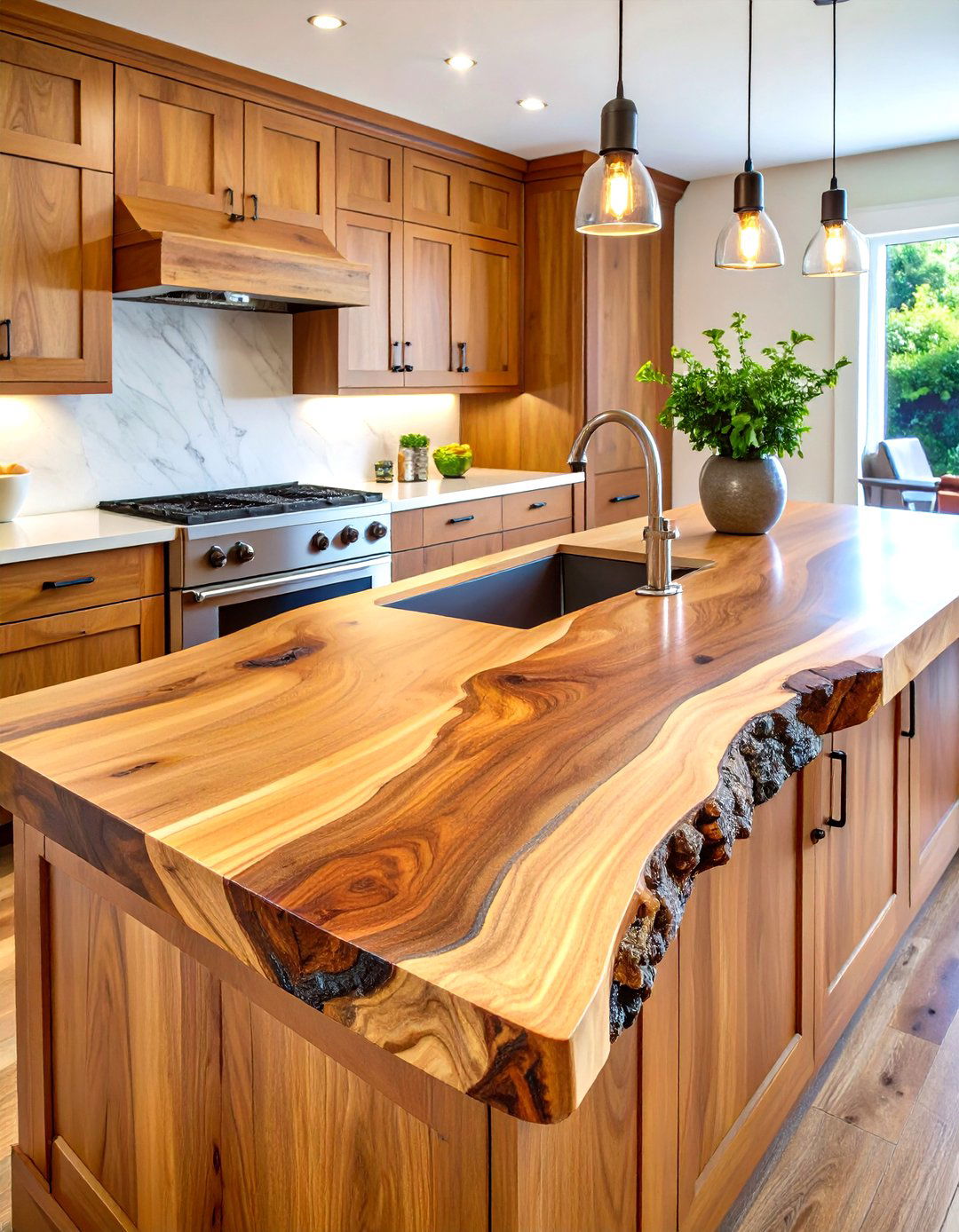
Few materials feel more “of the forest” than a slab whose bark-rim silhouette curves like a riverbank. A live-edge walnut or maple counter softens straight cabinet runs and invites guests to run their hands along the natural contour—an instant tactile connection to nature. Treat the surface with food-safe oil or hardwax to keep that rich grain vivid while resisting spills. Pair with undermount sinks so the edge stays uninterrupted, and consider a waterfall drop on one side for sculptural impact. Because each slab is unique, the piece becomes functional art that elevates the cabin kitchen without ornate detailing.
3. Compact Galley Layout Maximizes a Narrow Cabin Kitchen
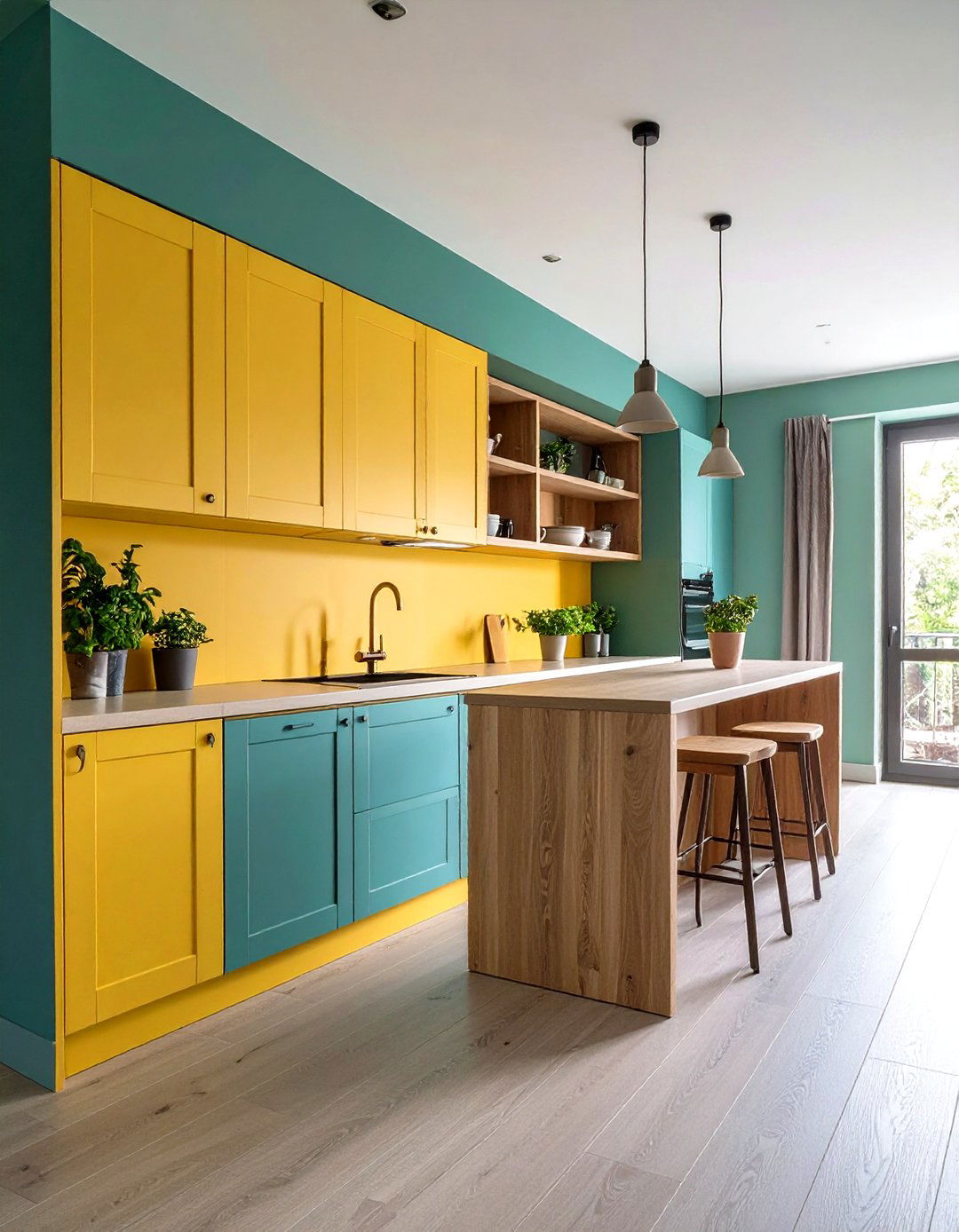
When your cabin footprint is the width of two snowshoes, think galley: parallel runs with the work triangle—cook, wash, prep—in a tight dance. Architectural Digest notes that slimmer base cabinets (18 inches deep) and pocket doors free valuable inches in tight corridors. Mirror the lines with continuous counters and open-shelf uppers so sightlines stretch, then layer under-cabinet LEDs to avoid shadows. If walls are log, paint only the lower cabinetry a solid shade and leave the log above for depth. A rolling butcher-block cart can tuck into the hallway when not in use, giving a narrow cabin kitchen big-city functionality.
4. Retro-Colored Appliances Add Cheerful Nostalgia to Cabin Kitchens
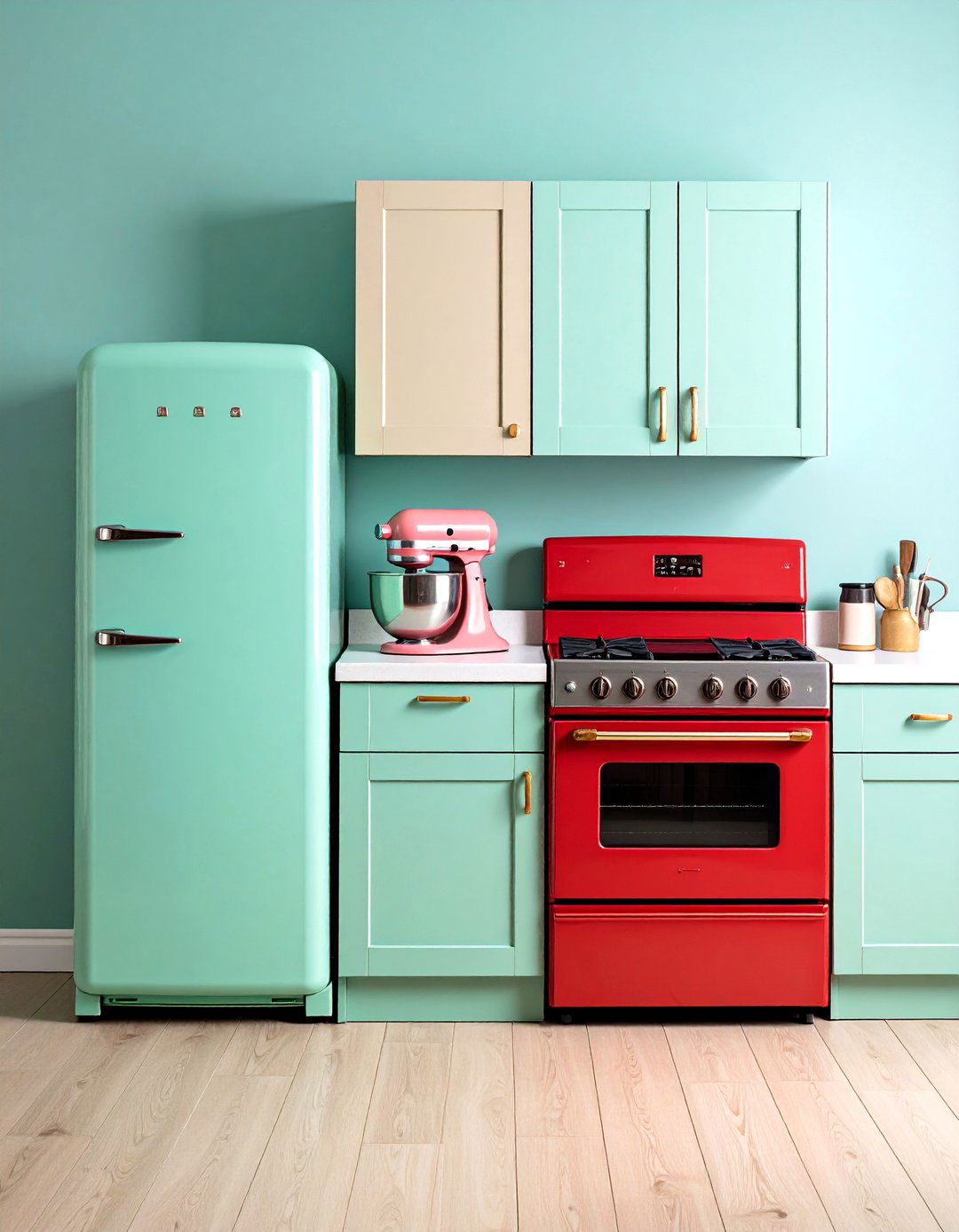
Mint-green fridges and cherry-red ranges channel mid-century camp vibes while delivering today’s convection power. Canadian Log Homes experts say retro hues pop against knotty pine and make practical appliances feel like decor. Houzz galleries show bold enamel ranges paired with neutral cabinets so color doesn’t overwhelm. Choose energy-efficient models with modern seals and induction tops hidden beneath old-school knobs. Match small electrics—like a pastel stand mixer—for cohesion, and balance the palette with oil-rubbed bronze pulls. The result: a cabin kitchen that’s playful, photo-ready, and still future-proof.
5. Multifunctional Kitchen Island Doubles as the Cabin’s Gathering Hub

Architectural Digest calls the island the “MVP of the home” for prep, storage, and family hangouts, and that’s doubly true in a cabin kitchen where it may replace a dining table on chilly nights. Opt for a butcher-block or stone top, with drawers on the cooking side and open shelves for game boards on the social side. Overhang one edge so stools slide beneath, keeping traffic clear. If square footage is scarce, put the island on hidden casters—roll it toward the sofa for après-ski snacks or against the wall when you need floor space to stack firewood deliveries.
6. Open Shelving Showcases Heirloom Dishware in a Cabin Kitchen
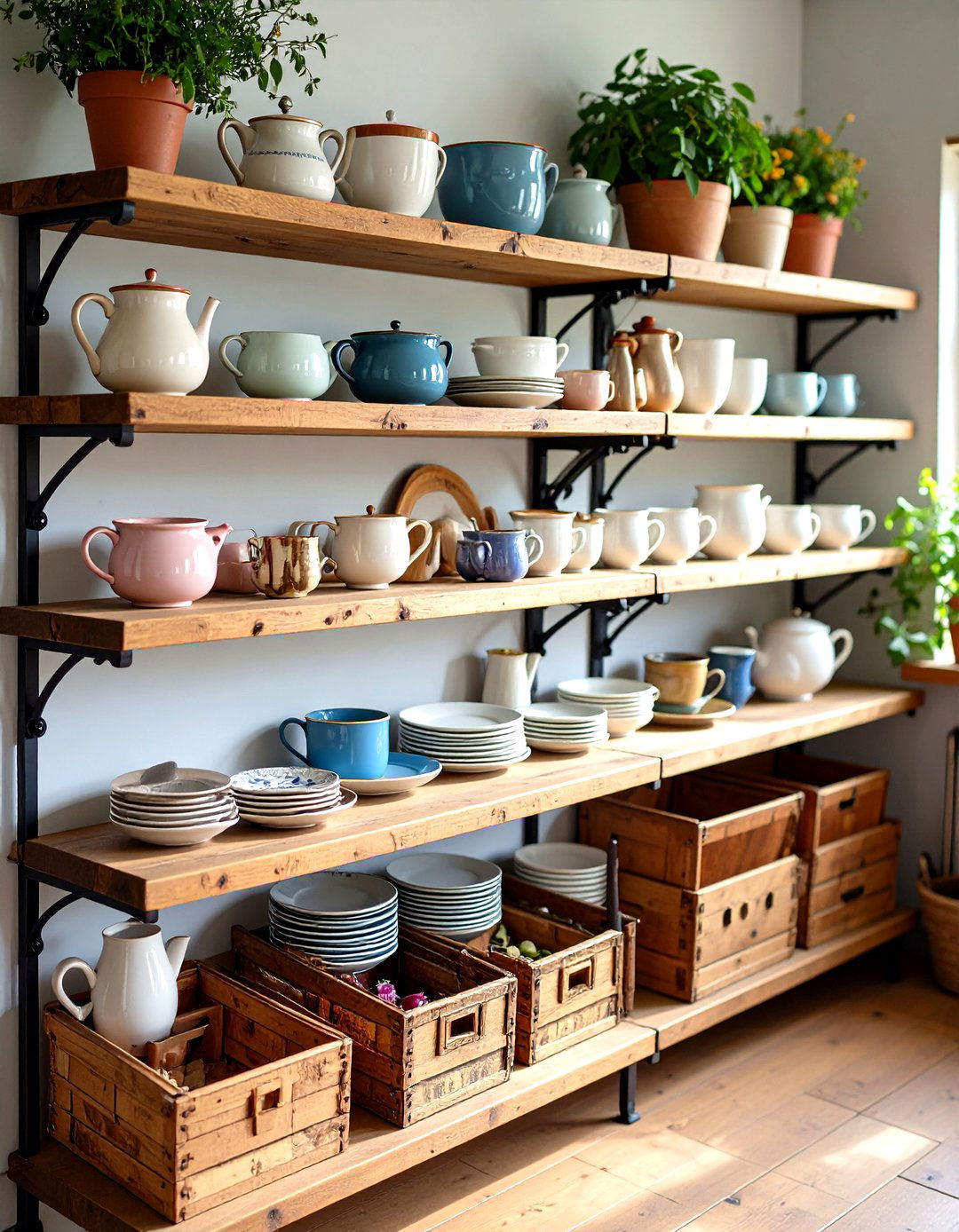
HGTV stylists love how unpainted planks turn everyday mugs and ironstone into art, adding depth and breaking up upper-cabinet bulk. Cottage-style kitchens lean on this trick too, letting colorful pottery echo quilt patterns and woven rugs. Seal softwoods with clear matte polyurethane so spills wipe away without darkening the grain, and affix wrought-iron brackets for extra alpine charm. For order, group plates by tone and corral spices in small crates. The openness invites you to curate, preventing clutter and keeping a cabin kitchen feeling light rather than heavy with cupboards.
7. Copper Lighting & Hardware Bring Mountain Glow to Cabin Kitchens
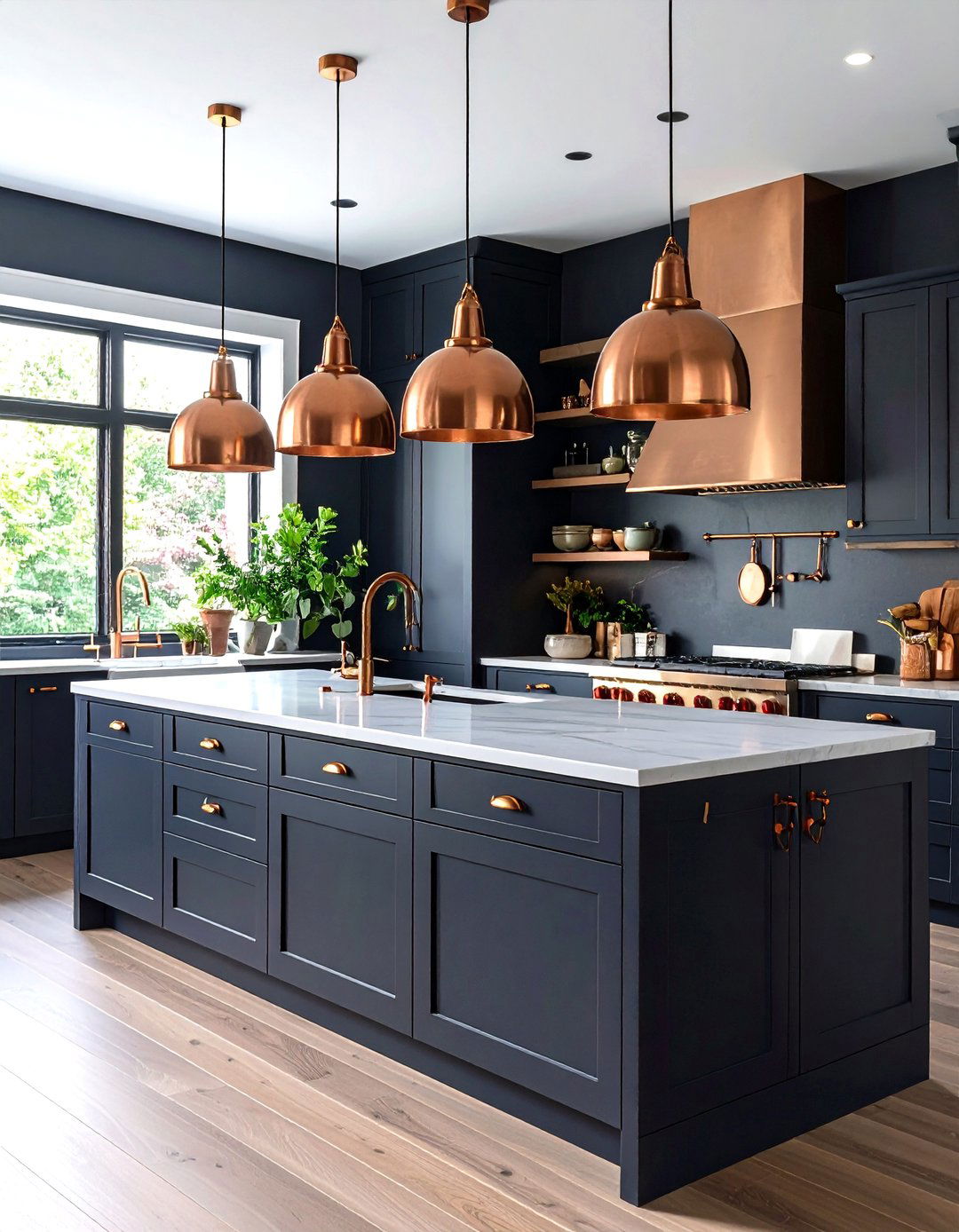
Deep greens and browns beg for metal that glints like campfire embers. A dark-painted cabin kitchen punctuated with hammered-copper pendants and pot rails radiates warmth, as the viral “copper-accent mountain retreat” pin demonstrates. Choose unlacquered fixtures that patinate gracefully, mirroring weathered pans hung on a rack. Swap drawer pulls for copper-toned leather loops to soften hard edges, and repeat the metal in faucet handles or a vent-hood trim for harmony. Because copper’s antimicrobial, it’s practical too—just a quick lemon-salt scrub restores shine after winter chili marathons.
8. Scandinavian Light-Wood Minimalism Refreshes Cabin Kitchen Palettes
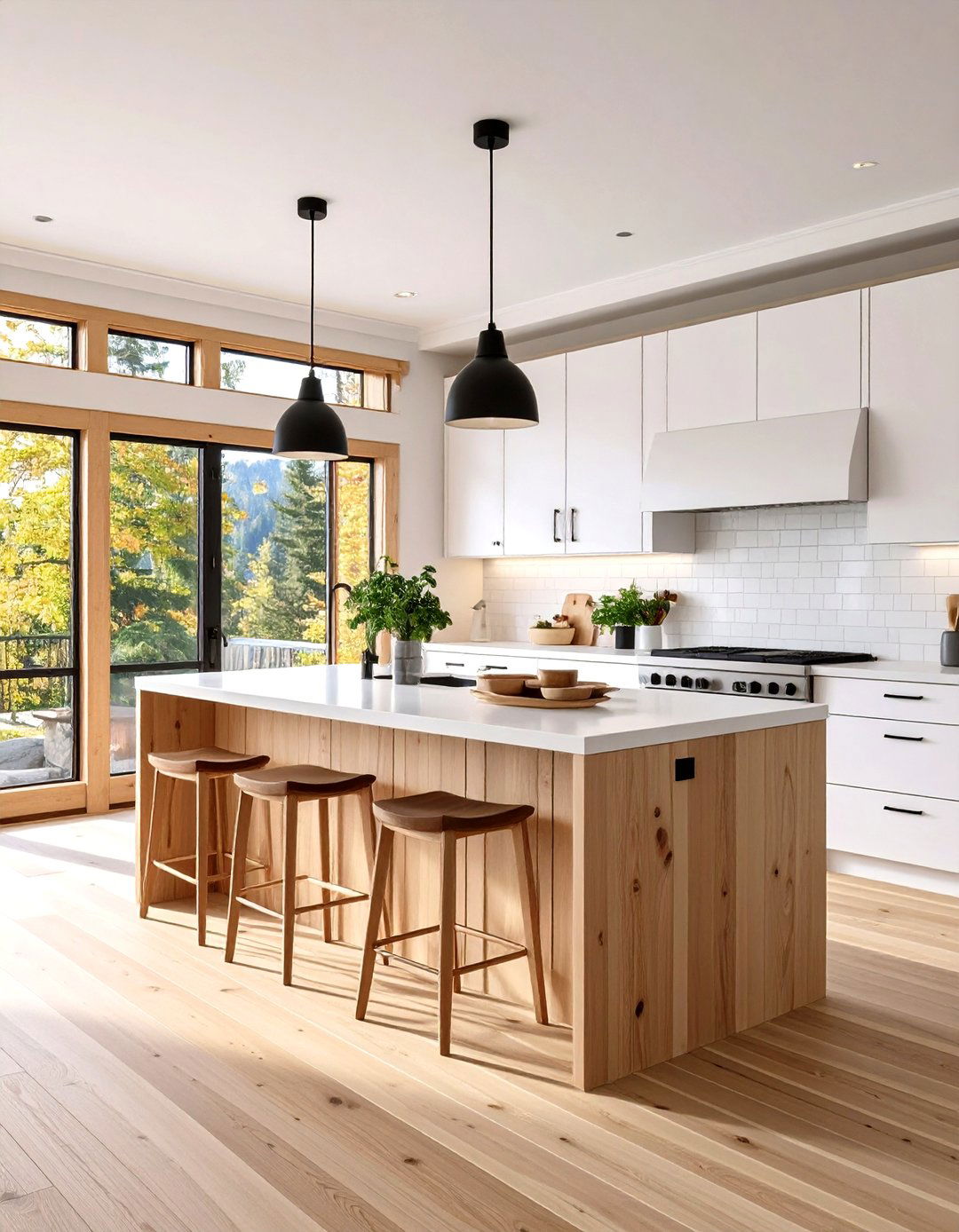
Designers of a Connecticut forest cabin relied on pale Douglas fir floors and pine cabinetry to flood a petite kitchen with calm, day-long brightness. Elle Decor echoes this, noting how weathered stools against crisp white backsplashes create hygge without clutter. Light-wood cabinets paired with matte-black pulls, as Houzz shows, modernize the look while keeping things organic. Finish surfaces in low-VOC oil to let grain show, then layer linen runners and stoneware pitchers. The restrained palette lets surrounding forest colors become the accent, turning any cabin kitchen into a serene extension of outdoors.
9. Hidden Appliance Garage Delivers Quiet-Luxury Cabin Kitchen Ease
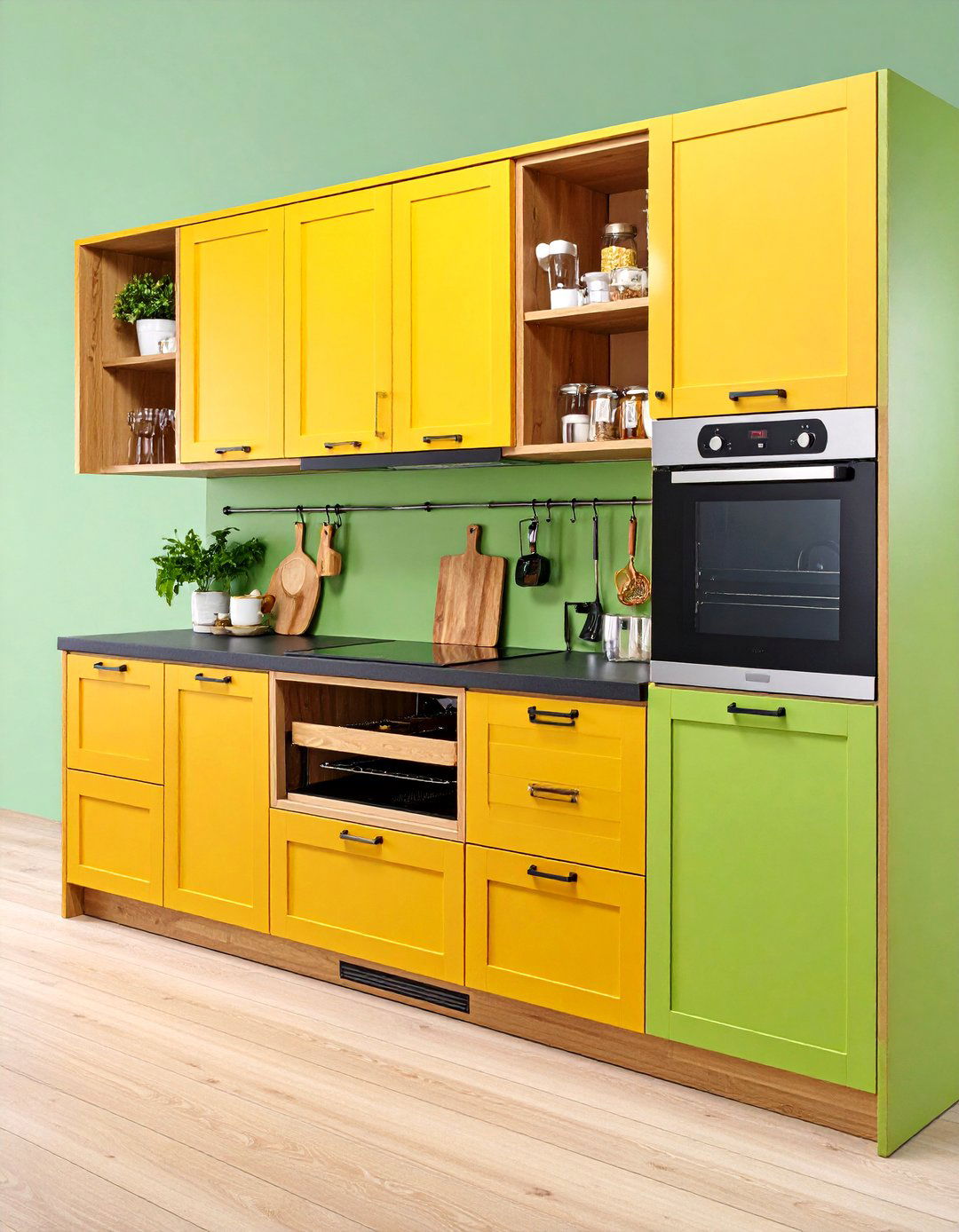
The Financial Times reports rising demand for kitchens that “disappear” behind push-to-open panels, preserving visual calm in open-plan cabins. Build a tall cabinet with retractable doors that slide back to reveal toaster, coffeemaker, and blender—keeping counters bare for rolling pie crusts. Integrate a concealed induction cooktop flush with butcher-block so you gain extra workspace when burners are off. Soft-close drawers with peg organizers stow plates vertically, while a built-in charging drawer hides devices. A hidden-kitchen concept tucks technology out of sight, ensuring your cabin kitchen reads like handcrafted furniture, not an appliance showroom.
10. Deep-Blue Cabinetry Grounds Rustic Cabin Kitchens in Rich Color
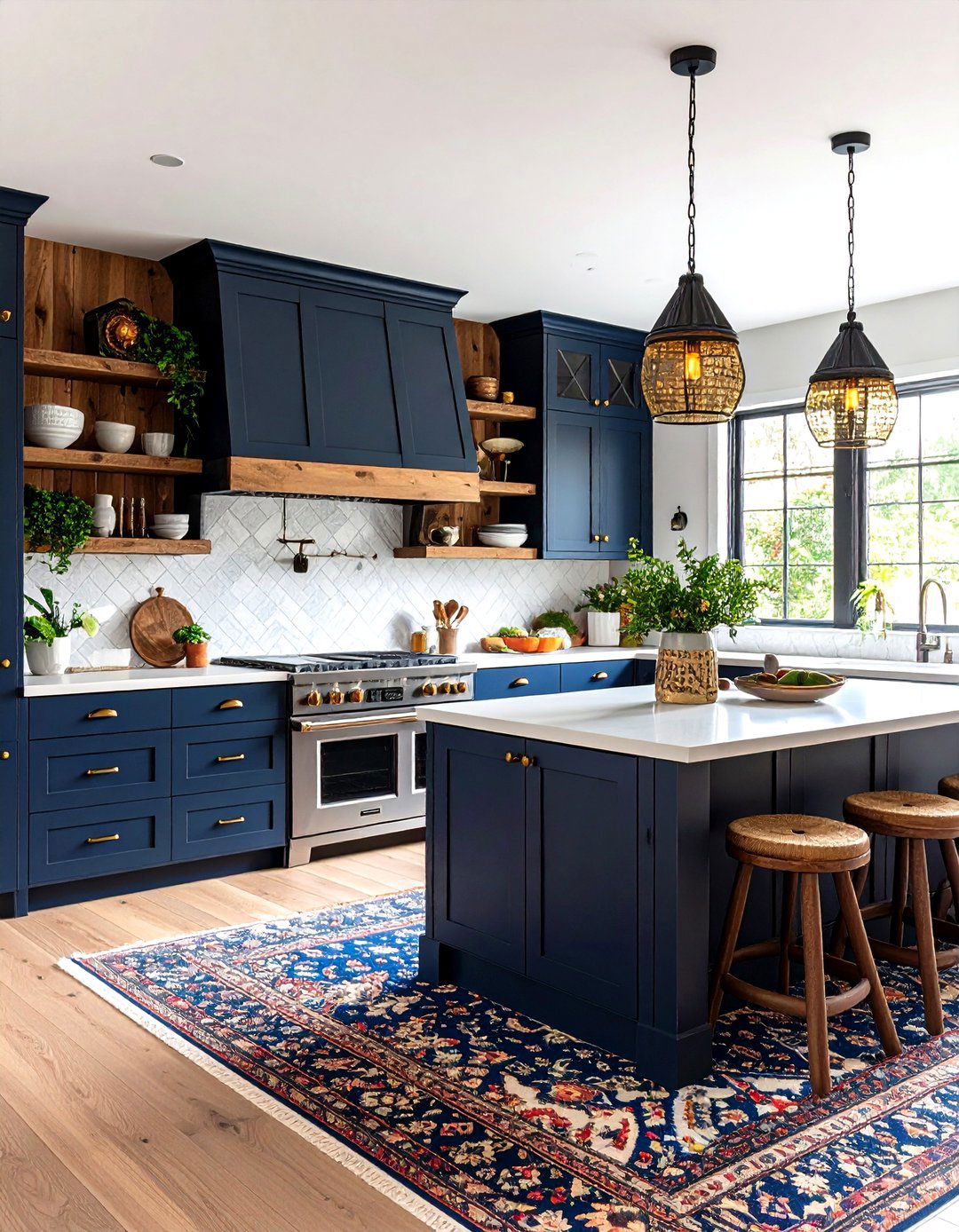
Navy or heritage blue cabinets instantly feel moody yet refined, especially against reclaimed open shelving or butcher-block. Canadian Log Homes recommends pairing blue with exposed timber to balance cool tones and natural warmth. Add matte-brass pulls and seeded-glass sconces for understated sparkle, then mirror the hue in vintage enamelware on display. A patterned Persian runner warms the floorboards and softens acoustics. Because dark fronts hide scuffs from ski boots or cast-iron pans, they’re practical for high-traffic cabin kitchen life while delivering depth reminiscent of twilight over the lake.
11. Butcher-Block Surfaces Encourage Hands-On Cooking in Cabin Kitchens
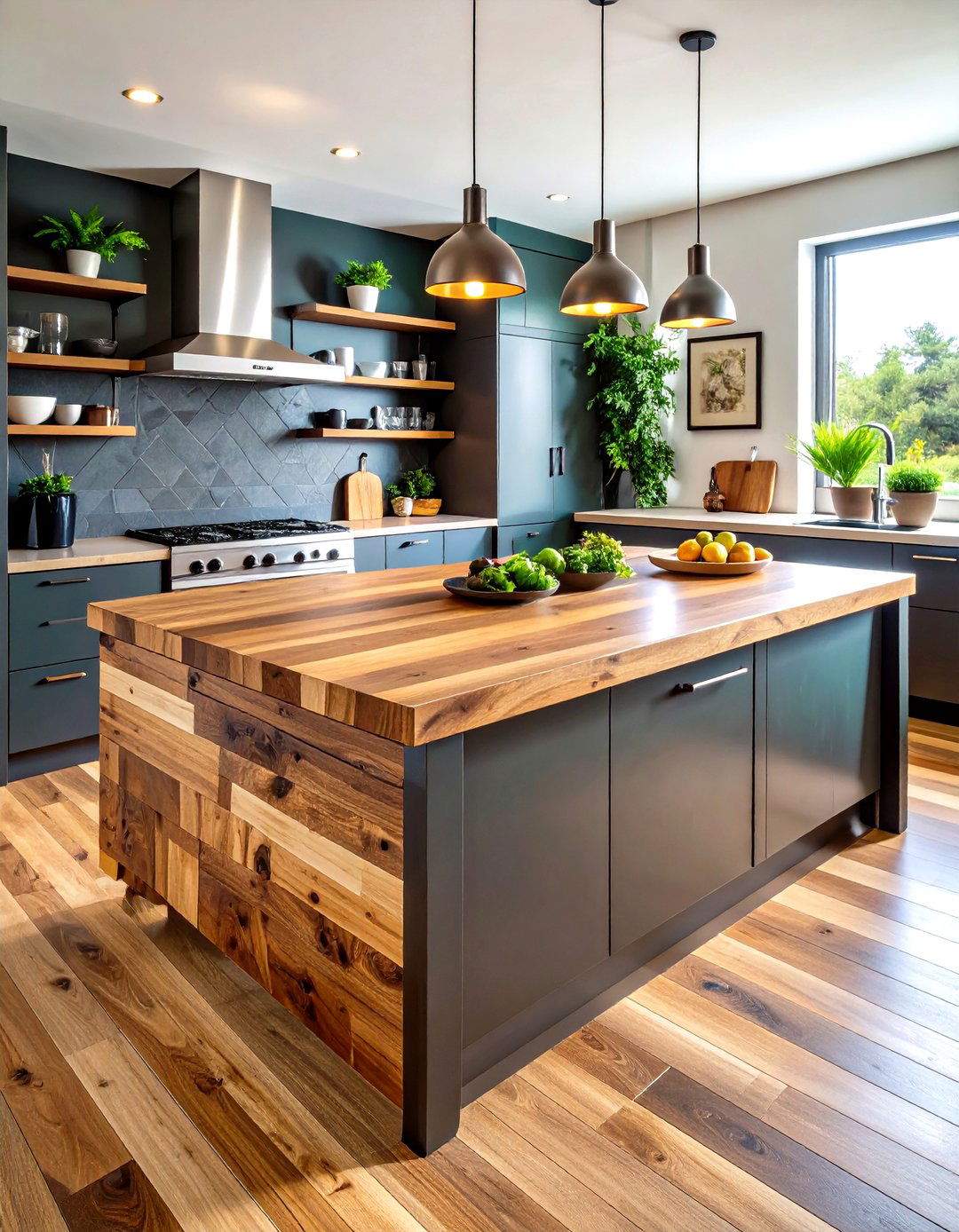
Architectural Digest highlights butcher-block’s durability and forgiving patina as ideal for prep-heavy zones. In a cabin kitchen, end-grain maple islands invite bread kneading and fish filleting without needing cutting boards. Seal with food-grade mineral oil quarterly; if nicks appear, a light sand revives the top—no special tools required. Contrast the warmth with cool slate back-splashes or stainless shelves. For extra character, choose boards with varying plank widths, reinforcing that handcrafted, heirloom feel cabins celebrate.
12. Tiered Cabinet Organizers Conquer Clutter in a Cabin Kitchen
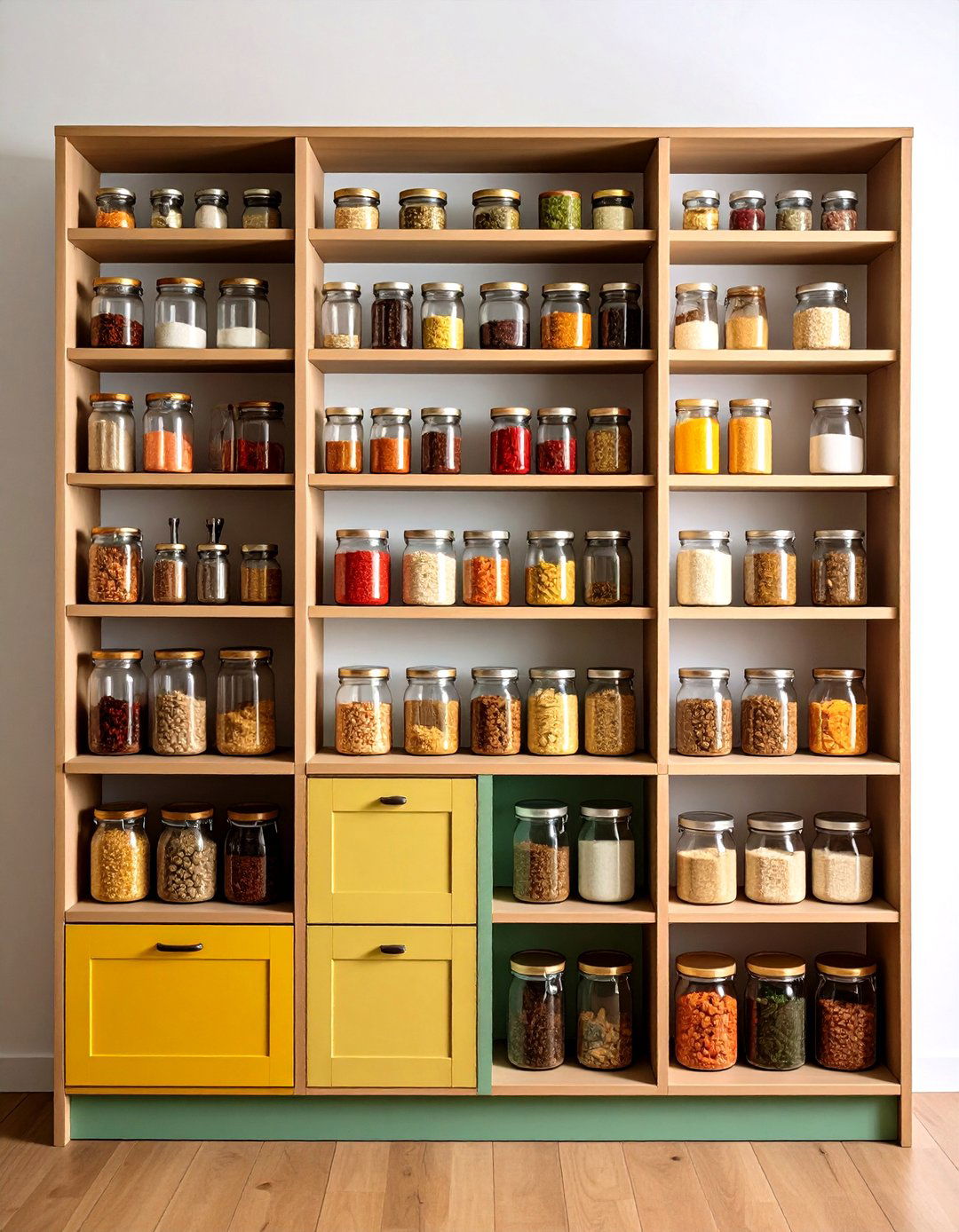
Homes & Gardens raves about a $14 tiered spice riser that “instantly doubles storage” in tight cupboards—a lifesaver when your pantry is one shallow drawer. Pop risers inside base cabinets so cans step up like theater seats, or use expandable versions on open shelves for uniform jar rows. The result: no more buying duplicate paprika, freeing budget for local honey. In a compact cabin kitchen, these micro-upgrades prevent clutter from overtaking counters, letting rustic finishes shine.
13. Freestanding Furniture Creates Flexible Work Zones in Cabin Kitchens
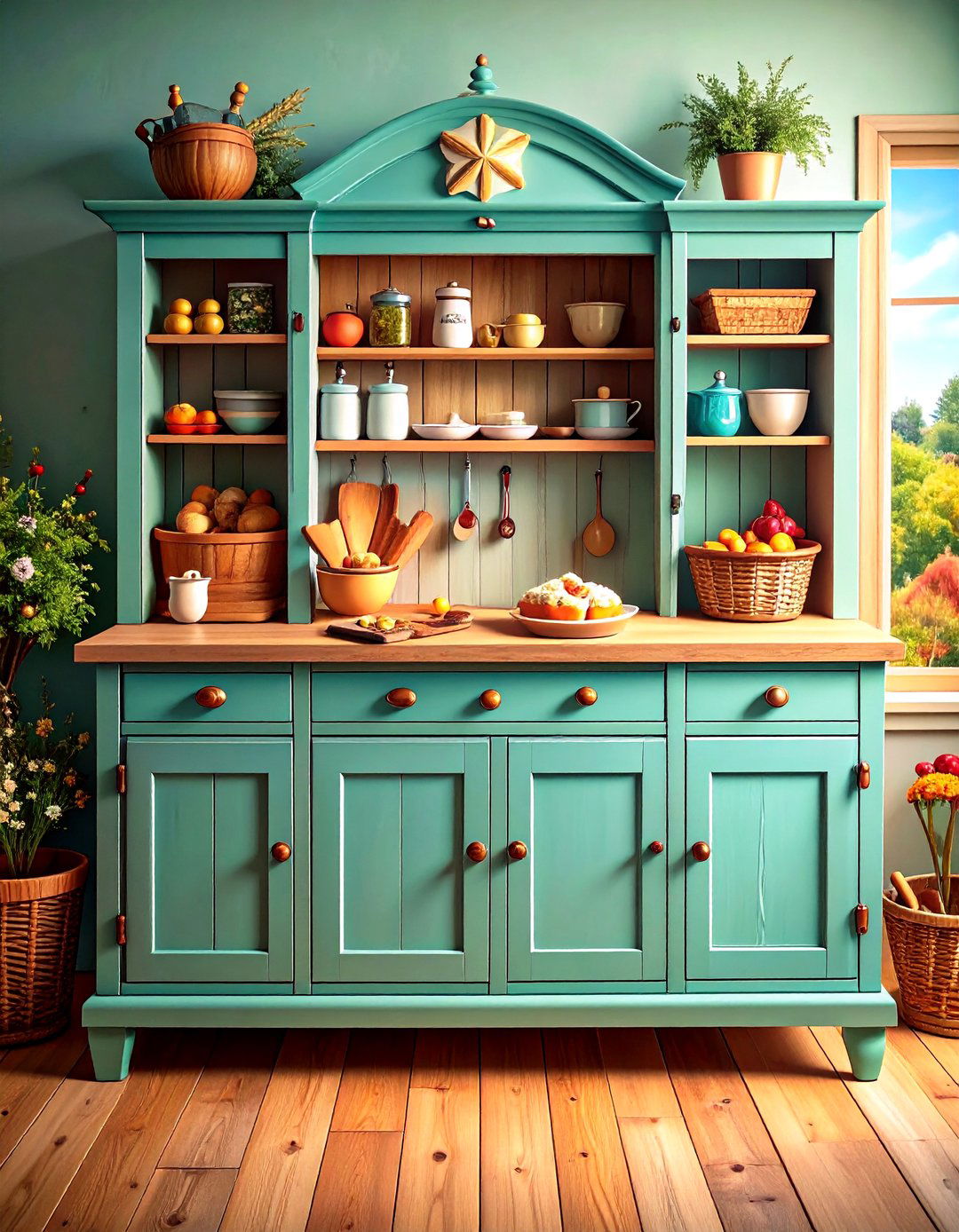
HGTV designers show how standalone hutches and worktables lend farmhouse charm while adapting to seasonal needs—roll in a baking station before holiday pie marathons, then move it back when summer smokehouse dinners claim the space. Vintage pieces offer drawers for linens and a surface for serving cocoa beside the fireplace. Paint the carcass a complementary hue or leave raw pine for unity. Because freestanding elements aren’t fixed, your cabin kitchen can evolve with family routines, growing more functional over years without major remodels.
14. Window Walls Blur Boundaries in a Cabin Kitchen
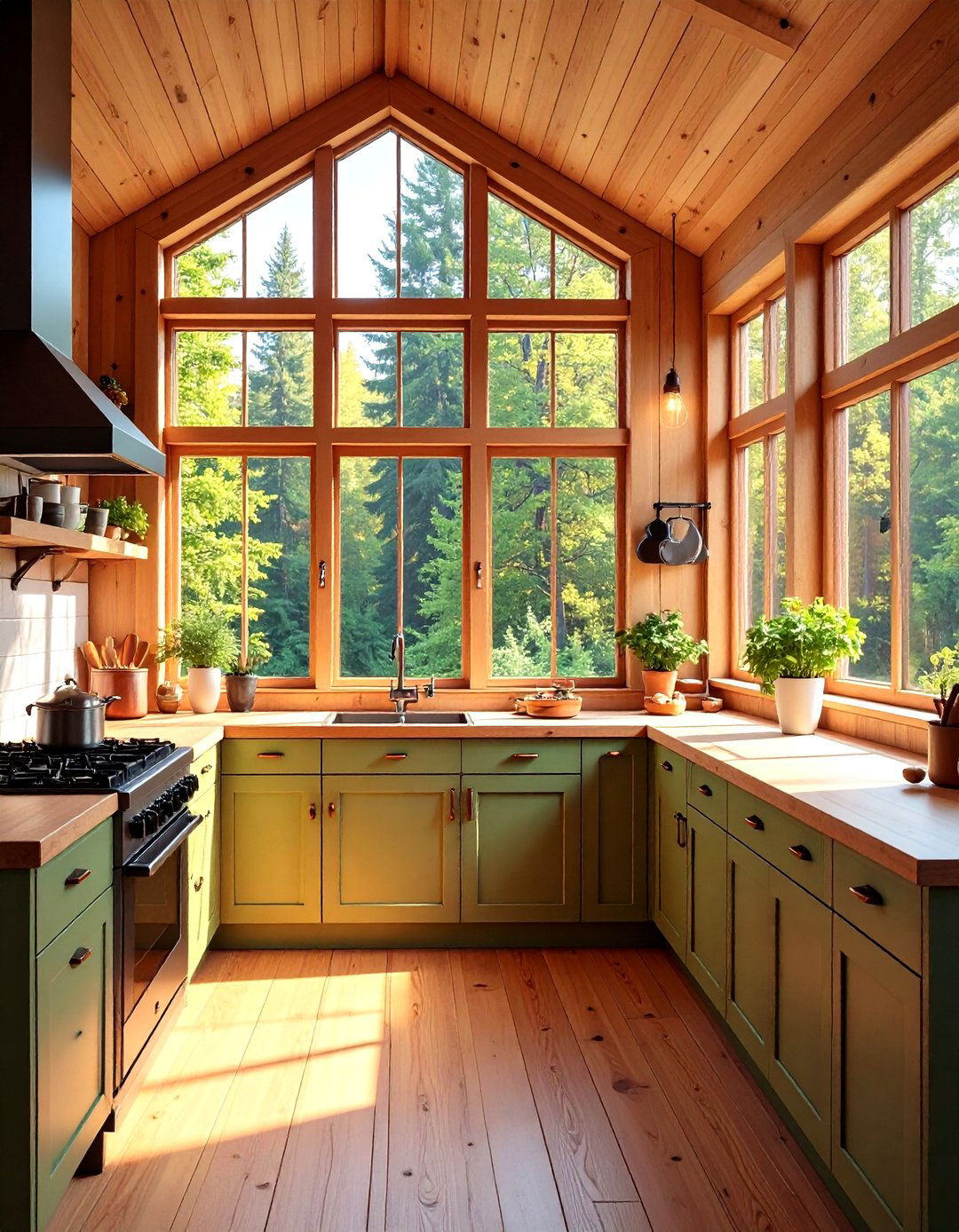
Better Homes & Gardens chronicled a remodel where oversized panes frame forest views, turning prep time into wildlife watching. Extend counters below windows so you can chop herbs bathed in daylight, and recess slim radiators beneath to prevent condensation in frosty regions. For nighttime, discreet track spots mounted on ceiling beams illuminate without reflecting on glass. The connection to nature not only boosts mood but reduces electric lighting needs—an energy win for off-grid cabin kitchens.
15. Lofted Mini Kitchens Save Every Square Foot in Tiny Cabins
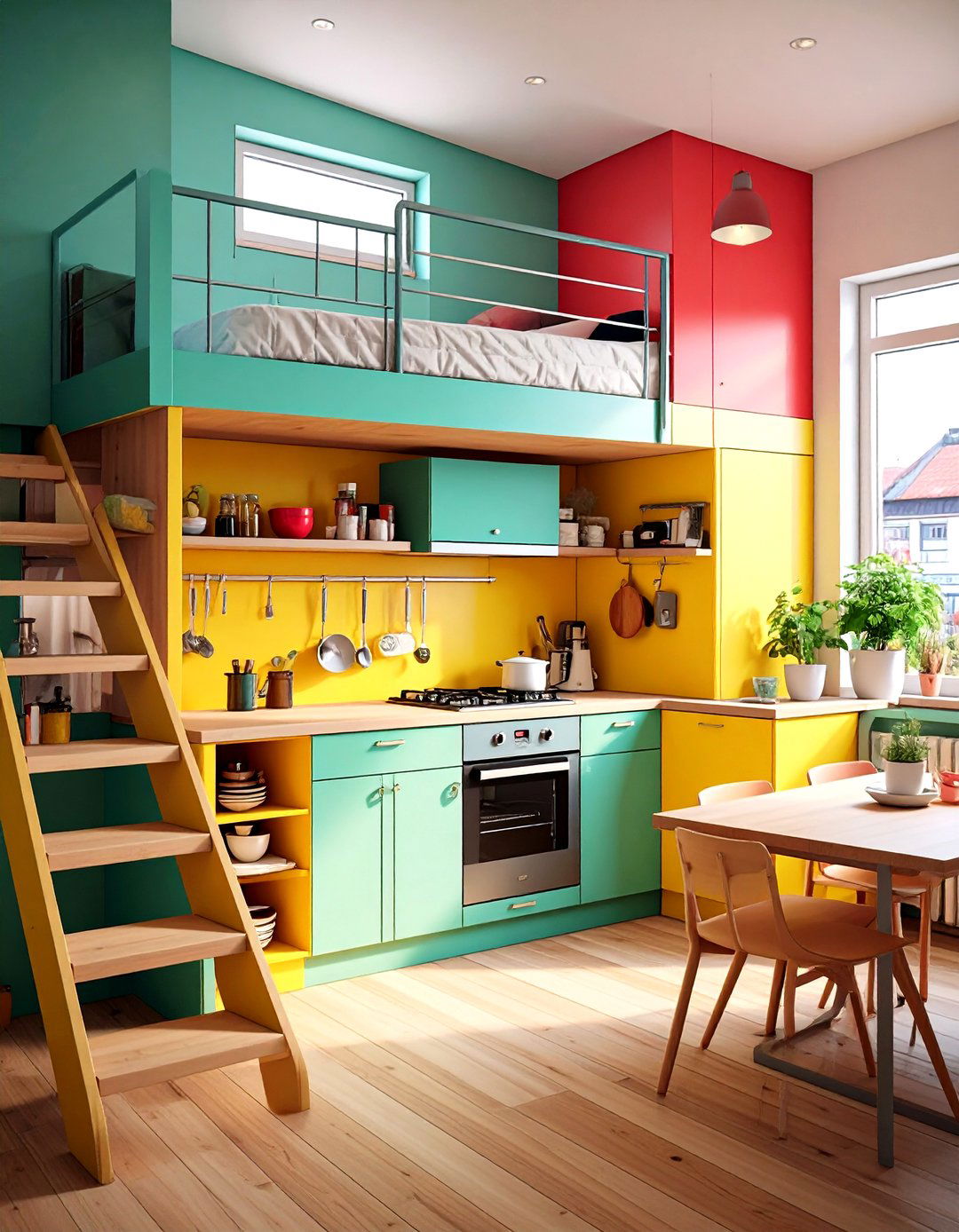
Tiny-house builders fill Pintrest boards with ladder-access sleeping lofts, freeing the main floor for an L-shaped micro-kitchen complete with under-stair pantry cubbies. The Connecticut cabin makeover proves the concept at 700 sq ft, where a compact cook zone shares volume with living space yet feels open thanks to vaulted ceilings. Prioritize a two-burner induction hob, combo microwave-oven, and fold-down dining shelf. With thoughtful vertical planning, even an A-frame can host a fully equipped cabin kitchen without sacrificing gathering space.
16. Stone Backsplashes Ground the Cabin Kitchen in Local Geology
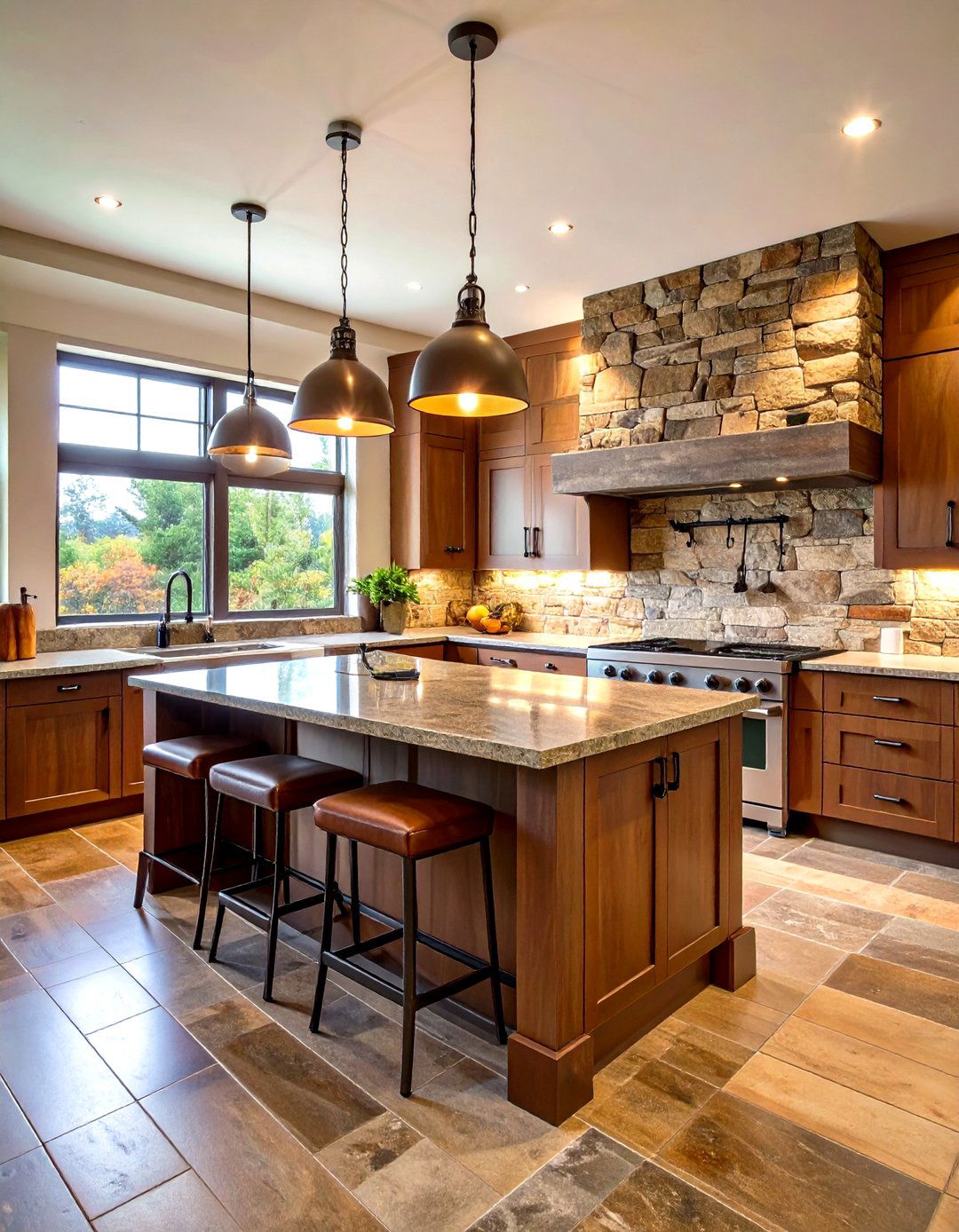
Courtney’s World showcases log-home kitchens where rugged fieldstone spans wall to ceiling, echoing hearth fireplaces. Pair with leathered-finish granite counters for texture continuity, or let polished quartzite contrast log walls. Fancyhouse Design adds that stone backsplashes protect wood from steam while magnifying rustic authenticity. Seal porous stone to resist spaghetti-sauce splatter, and accent with wrought-iron pot hooks embedded between joints. It’s a low-maintenance, high-impact centerpiece that roots your cabin kitchen in the very mountain it inhabits.
17. Mixed-Metal Accents Balance Old and New in Cabin Kitchens

House Beautiful notes that combining brass knobs, matte-black hinges, and stainless appliances prevents a scheme from feeling “matchy,” offering depth and timelessness. Start with one dominant finish (perhaps natural brass) and layer secondary tones through lighting cages or bar-stool legs. The interplay reads collected-over-time, perfect for cabins evolved through generations. Tie everything together with a multitone rug incorporating each metal shade, ensuring your cabin kitchen feels curated rather than chaotic.
18. Cottage Curtains Add Soft Texture and Color to a Cabin Kitchen

Café curtains in ticking stripe or botanicals frame snowy views and hide under-sink plumbing with charm, says House Beautiful. Opt for washable linen or cotton so campfire smells launder easily. HGTV’s cottage kitchens layer ruffled valances above wide apron sinks to evoke grandma’s pie station. Install tension rods—no drilling into log walls required—and coordinate fabric hues with enamelware tones. Curtains temper acoustics in echo-prone timber rooms, ensuring a cabin kitchen feels cozy even when the wind howls.
19. Mudroom-Style Entry Storage Keeps Cabin Kitchens Clean and Organized
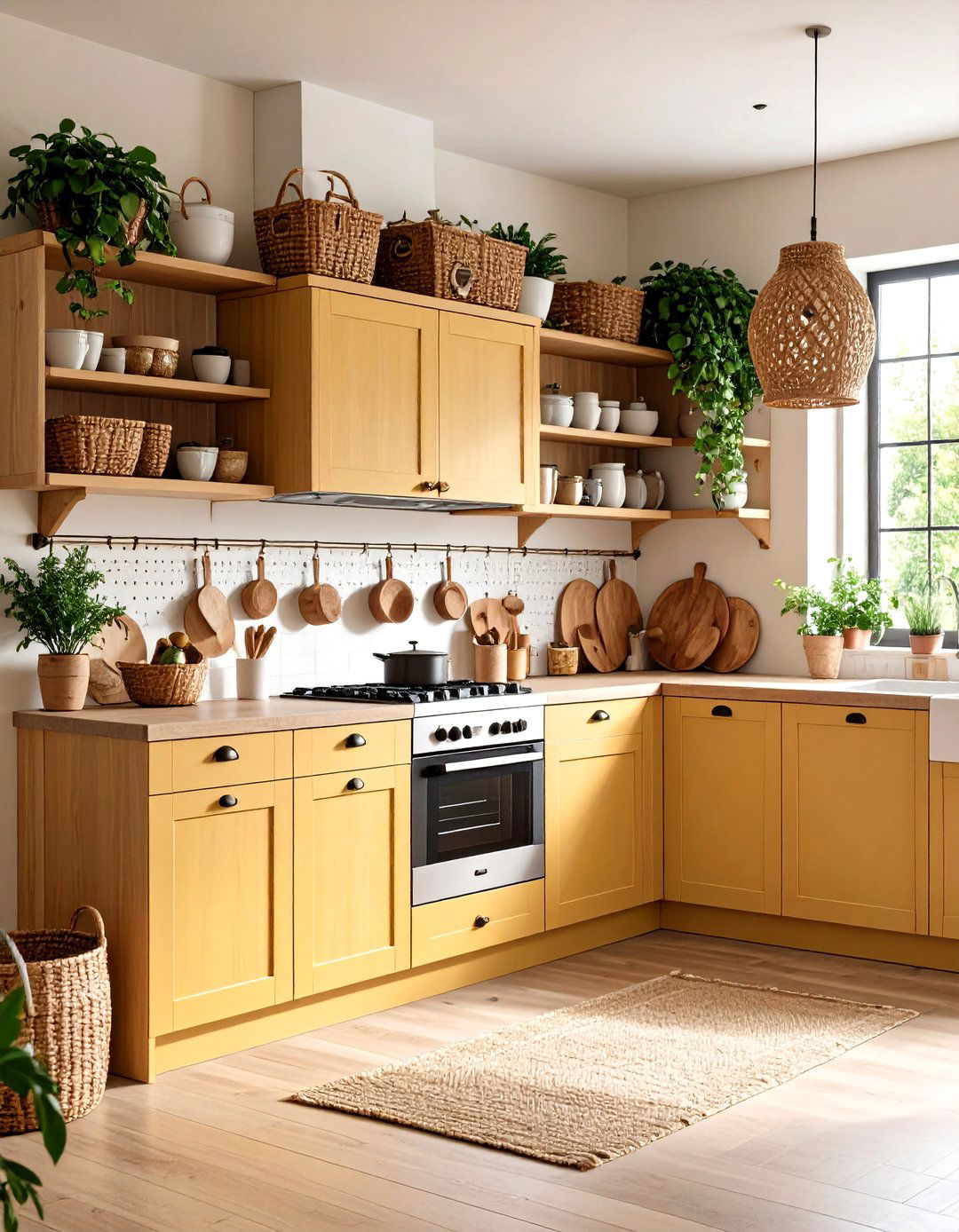
HGTV experts suggest adding floor-to-ceiling cubbies near the kitchen door to corral boots, coats, and dog leashes before mud reaches hardwoods. Pinterest’s small-cabin boards echo this, highlighting peg rails and wicker baskets that slide under benches. Include a slate tile strip for easy mop-ups and a vented drawer for wet gloves. Because many cabins lack formal foyers, integrating mudroom logic directly into the cabin kitchen safeguards wood floors and keeps cooking zones hygienic.
20. Sustainable Materials Future-Proof an Eco-Friendly Cabin Kitchen
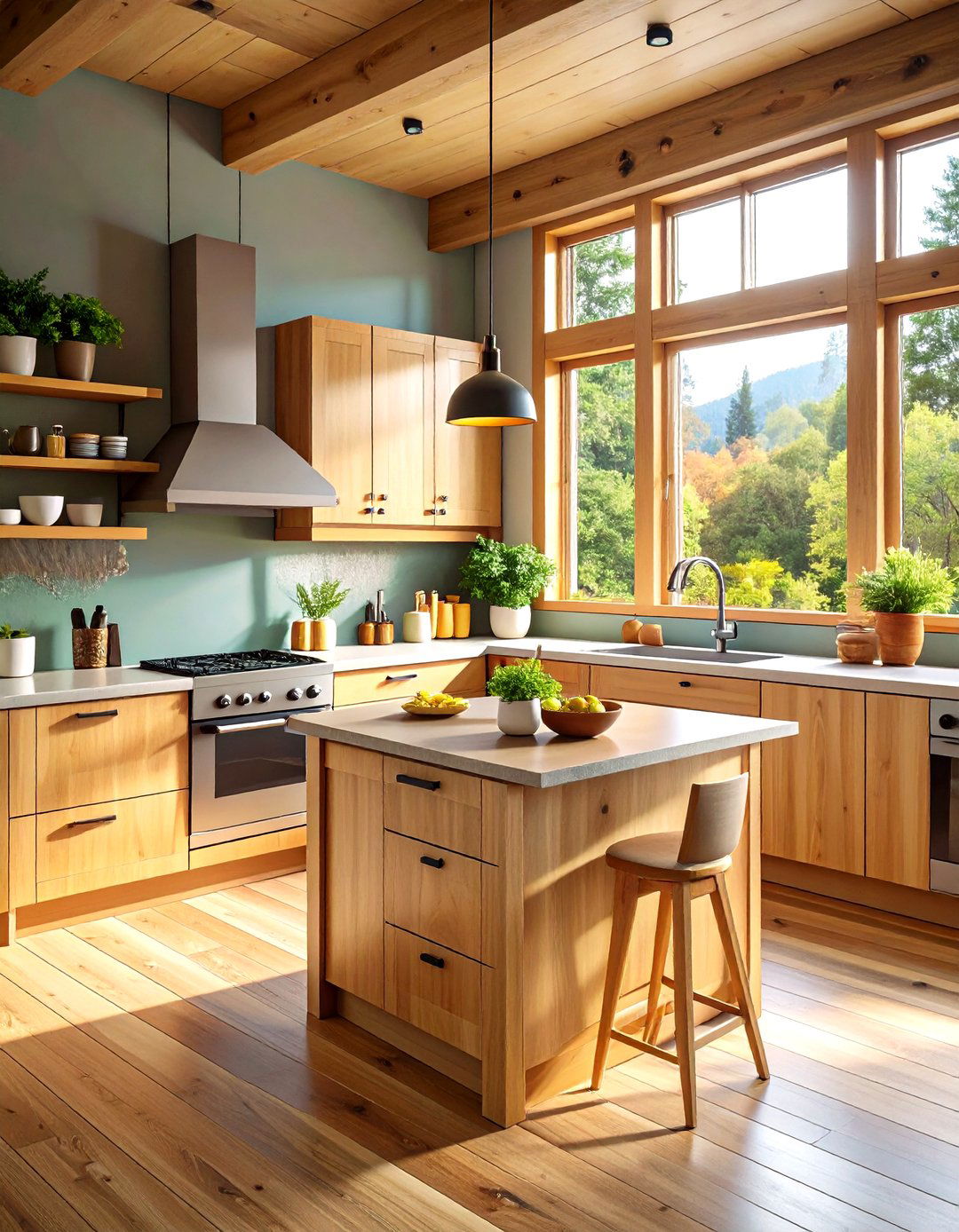
YouTube trend reports show rustic kitchens pivoting toward FSC-certified timbers, recycled-glass counters, and VOC-free finishes. Pair that with butcher-block from responsibly managed forests and low-flow faucets to cut water use. Homes adopting “quiet luxury” also prioritize longevity—solid oak cabinets and repairable hardware over fast-fashion decor. Even small swaps matter: beeswax wraps replace plastic film, and compost crocks fit neatly into drawer bins. By choosing durable, ethical materials, your cabin kitchen honors its wilderness backdrop for decades to come.
Conclusion:
From soaring reclaimed beams to cleverly concealed appliance garages, each idea proves a cabin kitchen can honor its rugged heritage while offering modern comfort, efficiency, and sustainability. Whether you lean into copper glows, Scandinavian serenity, or live-edge drama, the secret lies in balancing tactile natural elements with smart storage and energy-wise updates. Let these twenty strategies guide your next refresh, and your cabin kitchen will serve as both heart and hearth—ready for snowy mornings, midsummer feasts, and every fireside memory in between.



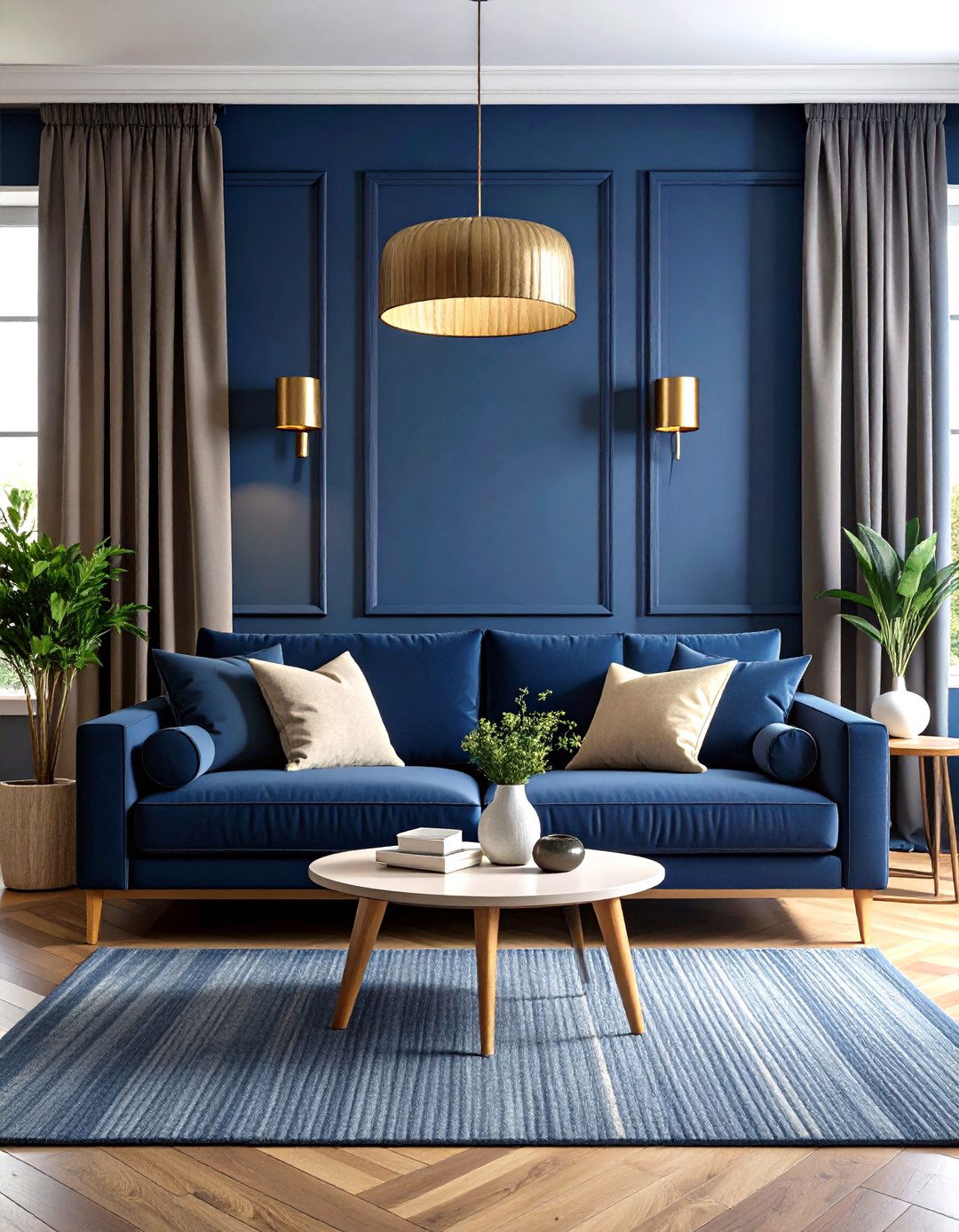
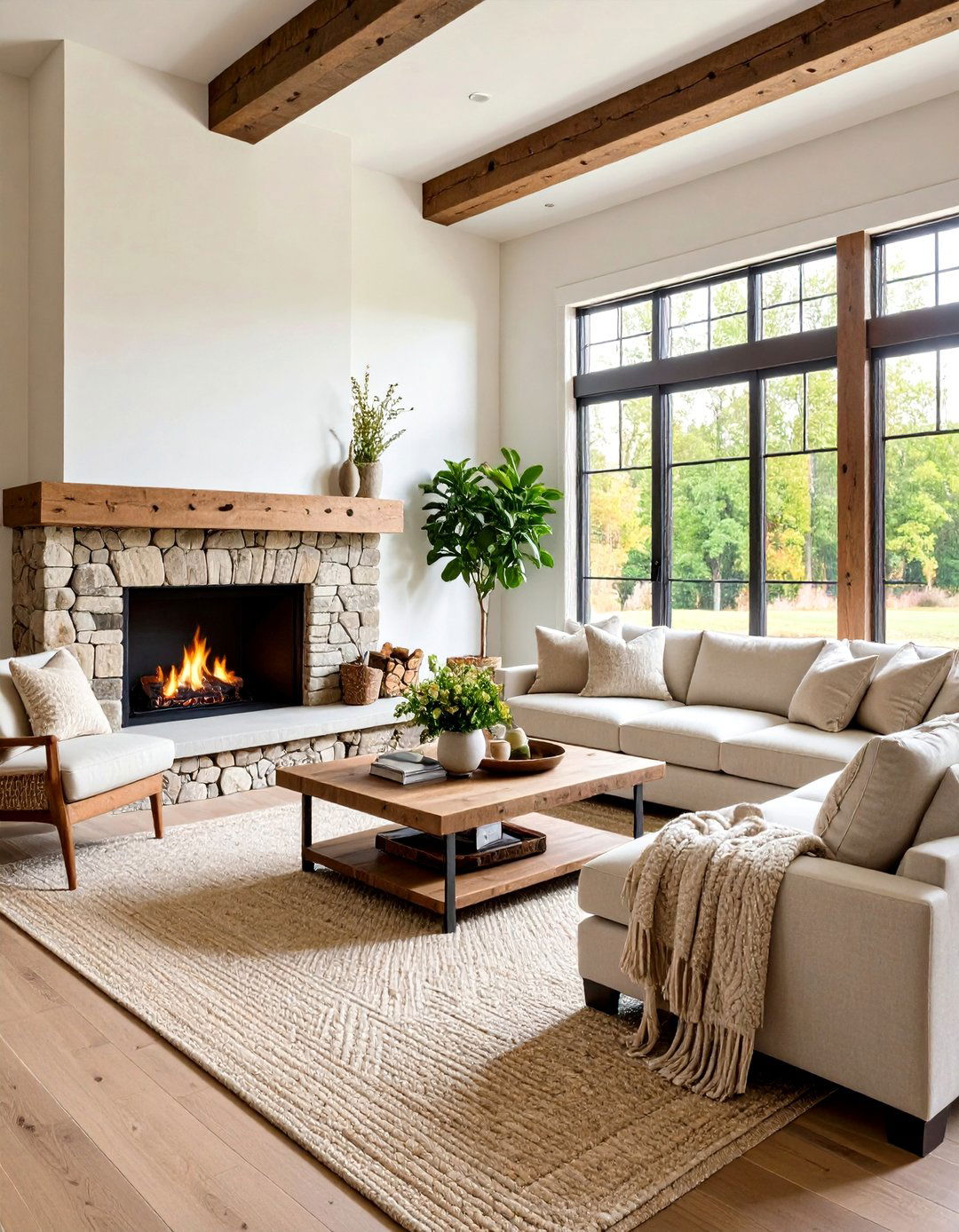
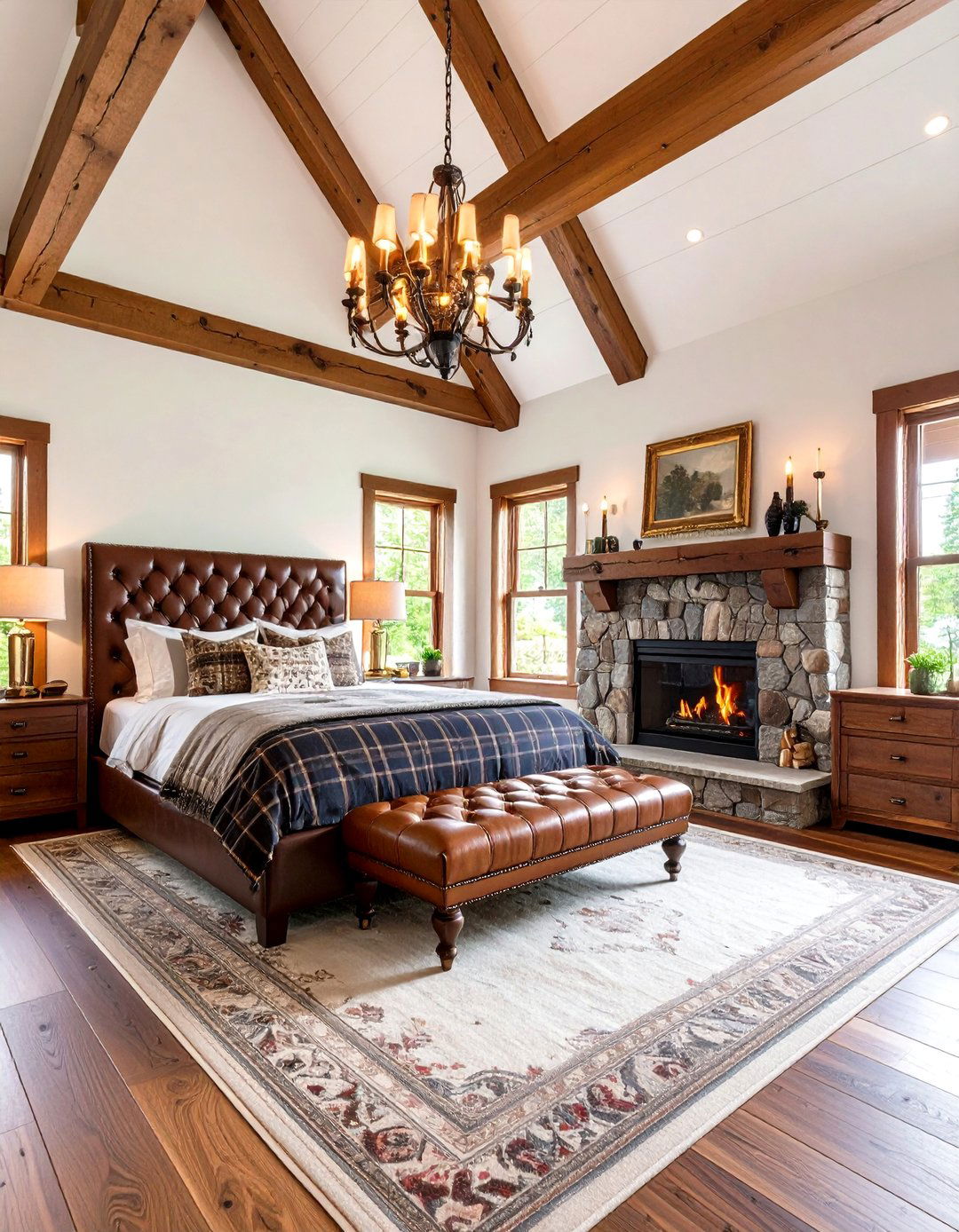

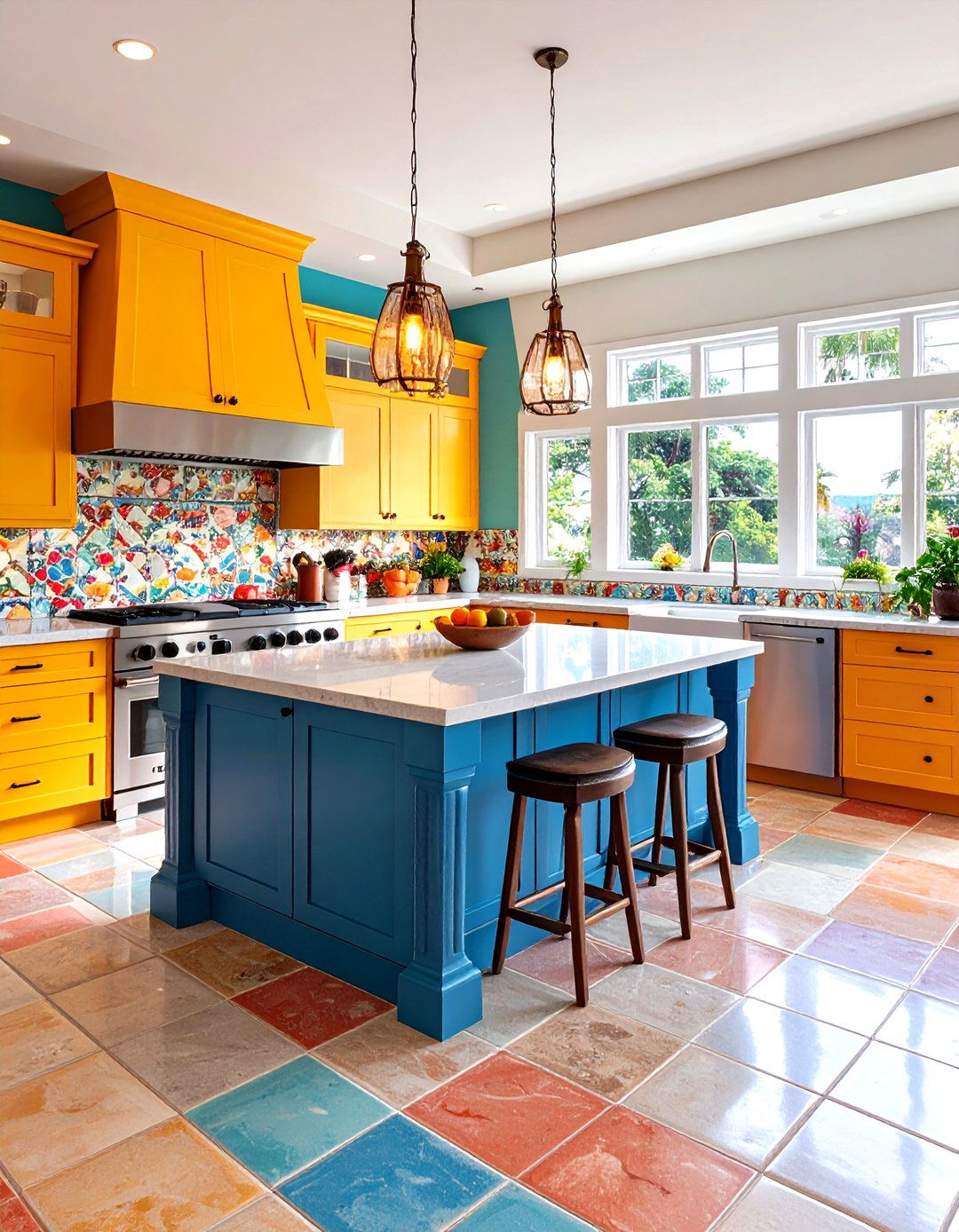
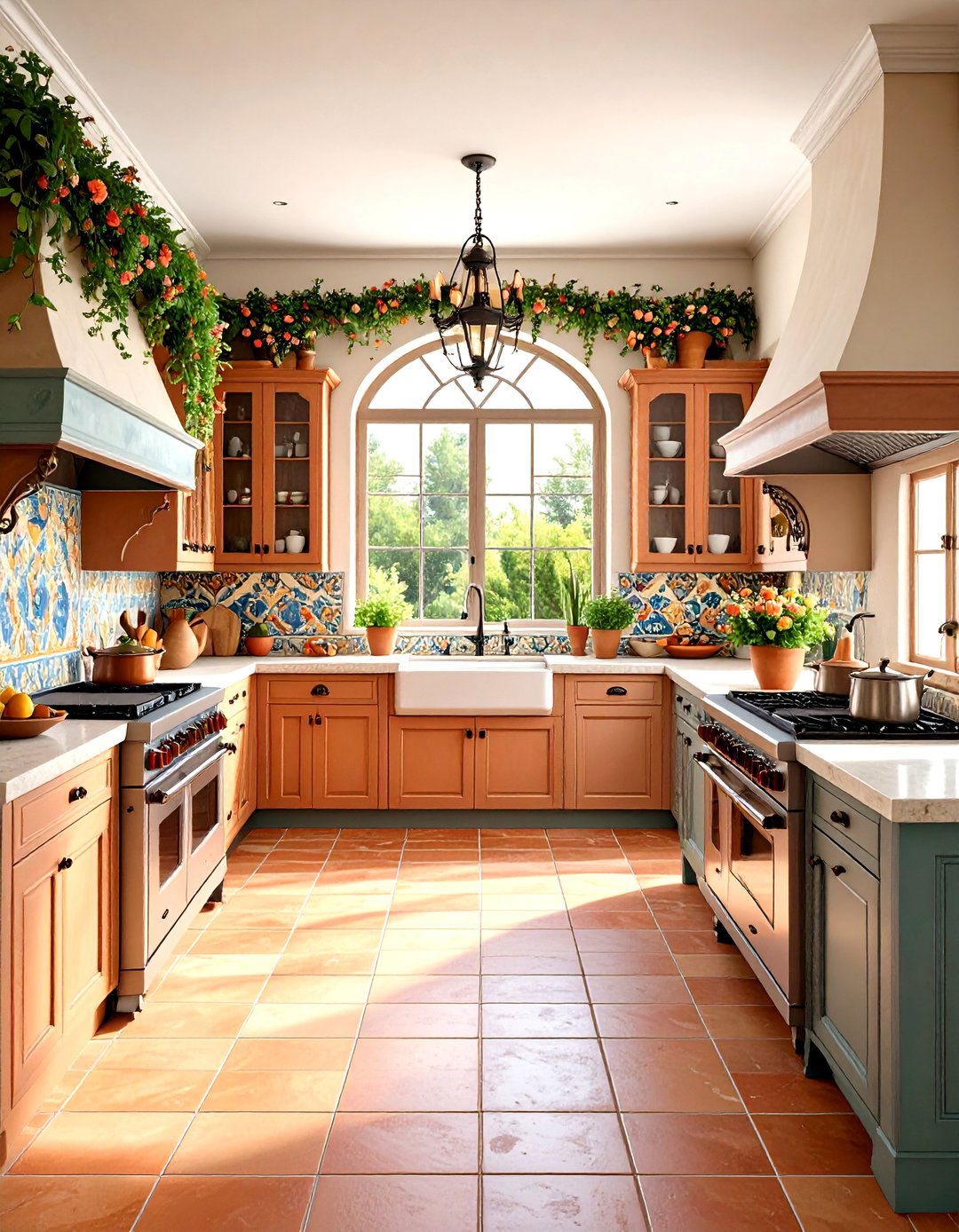
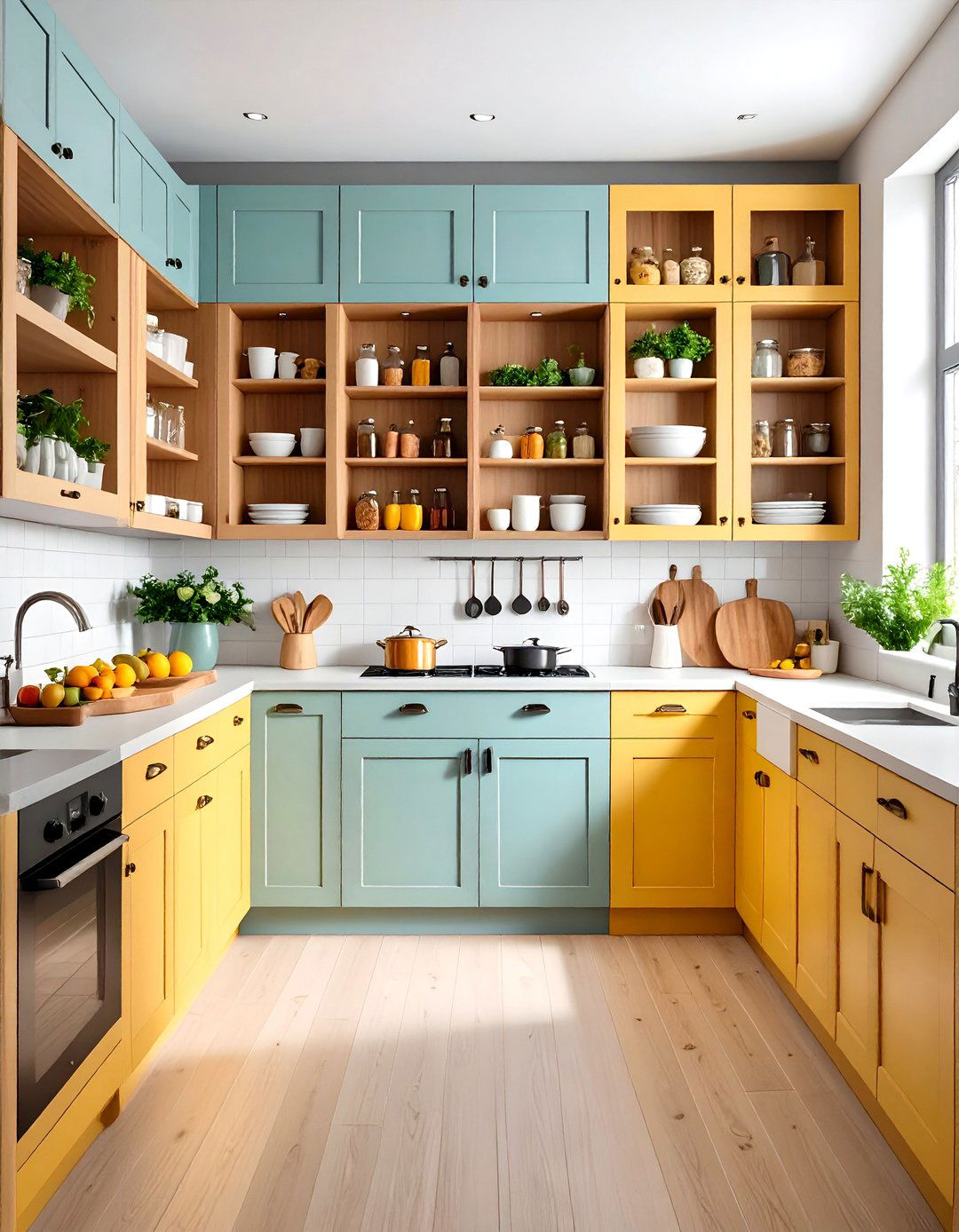
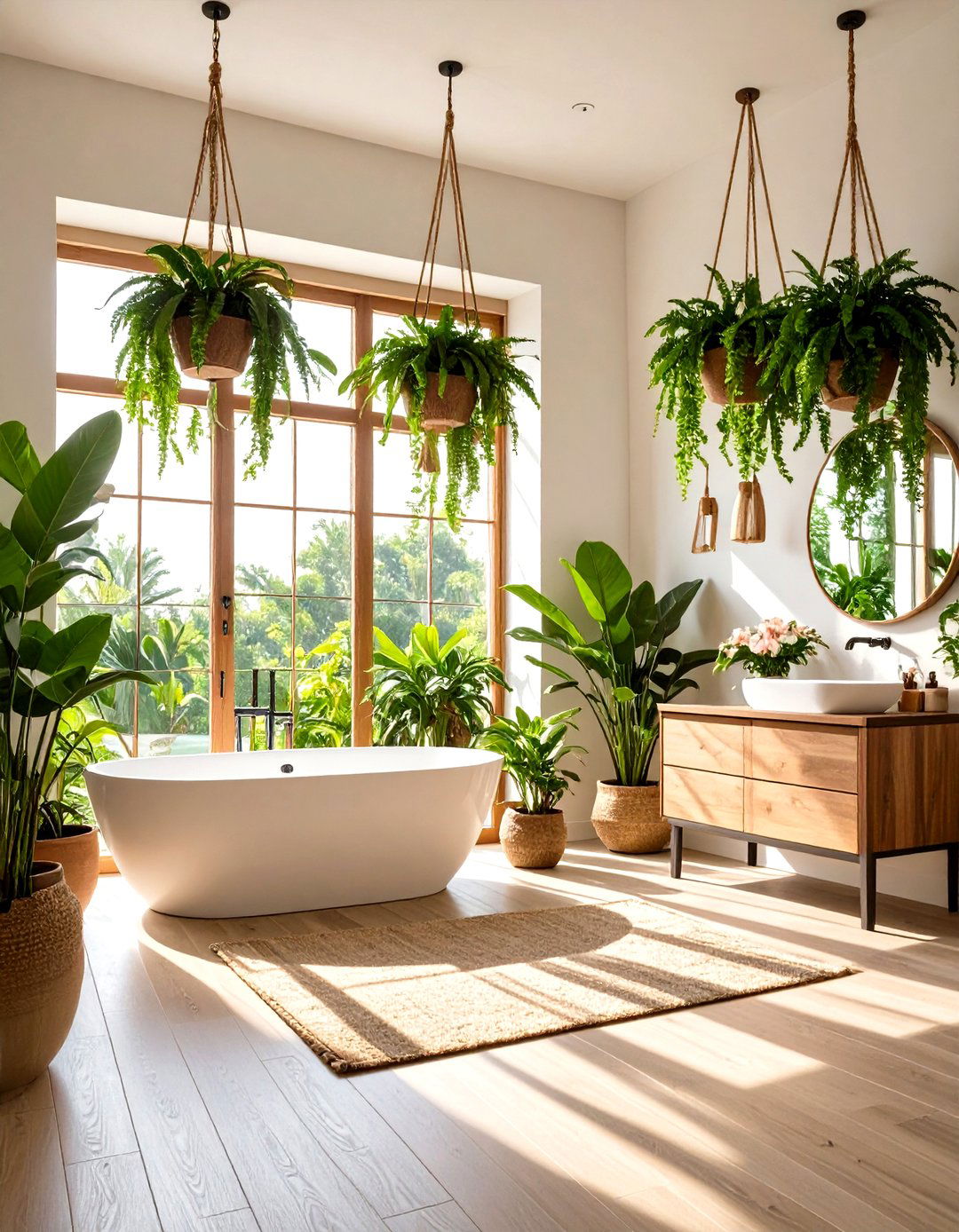
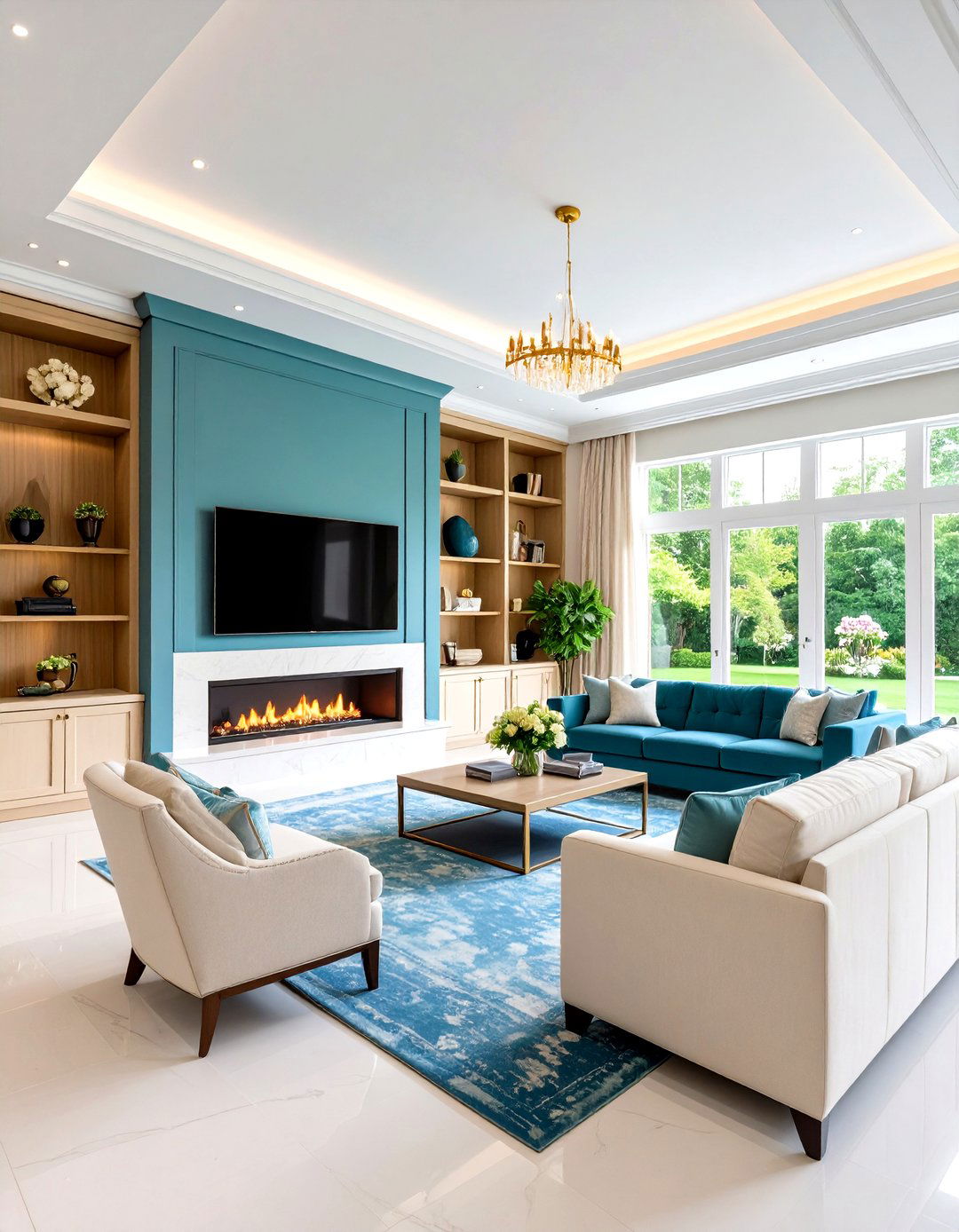
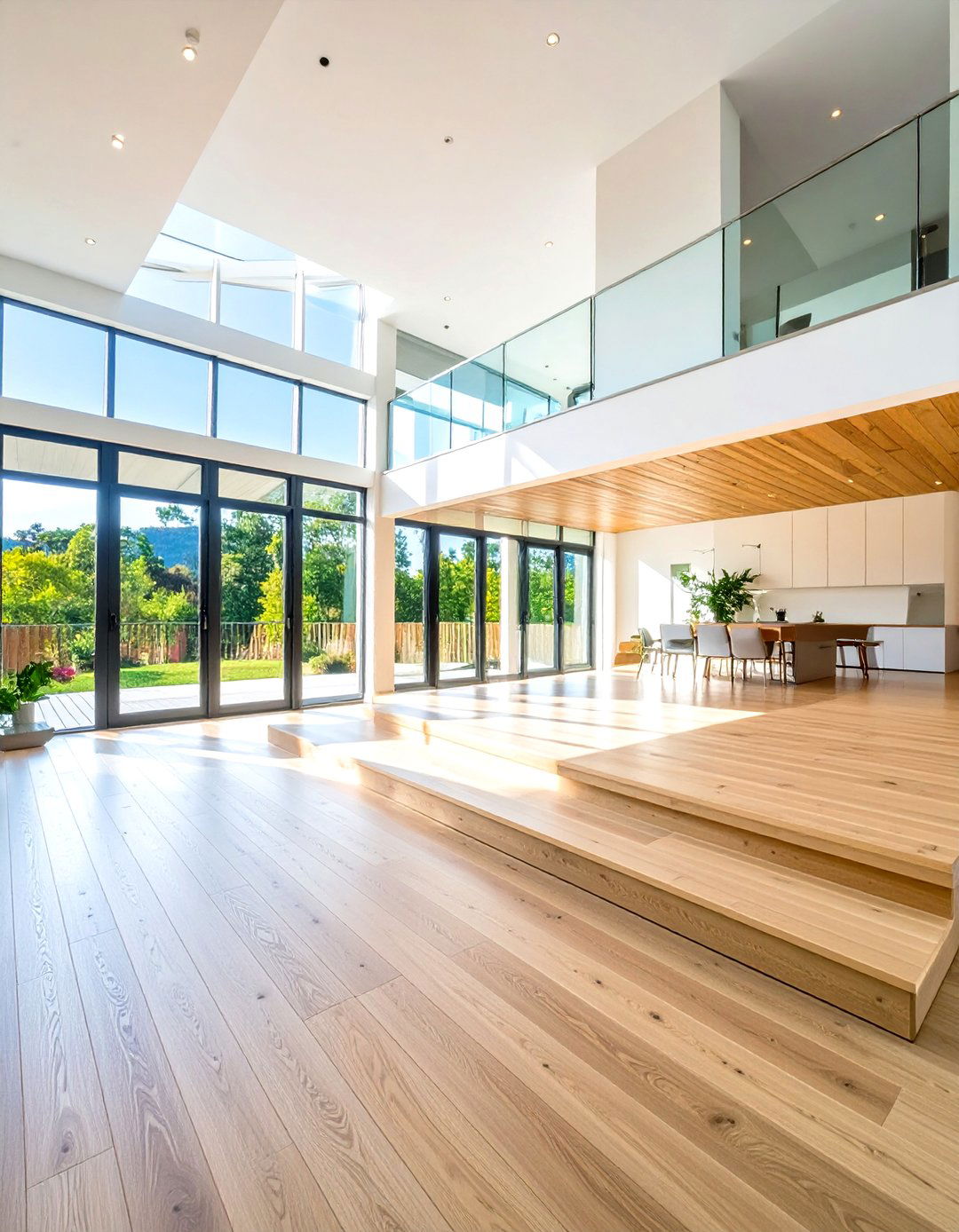
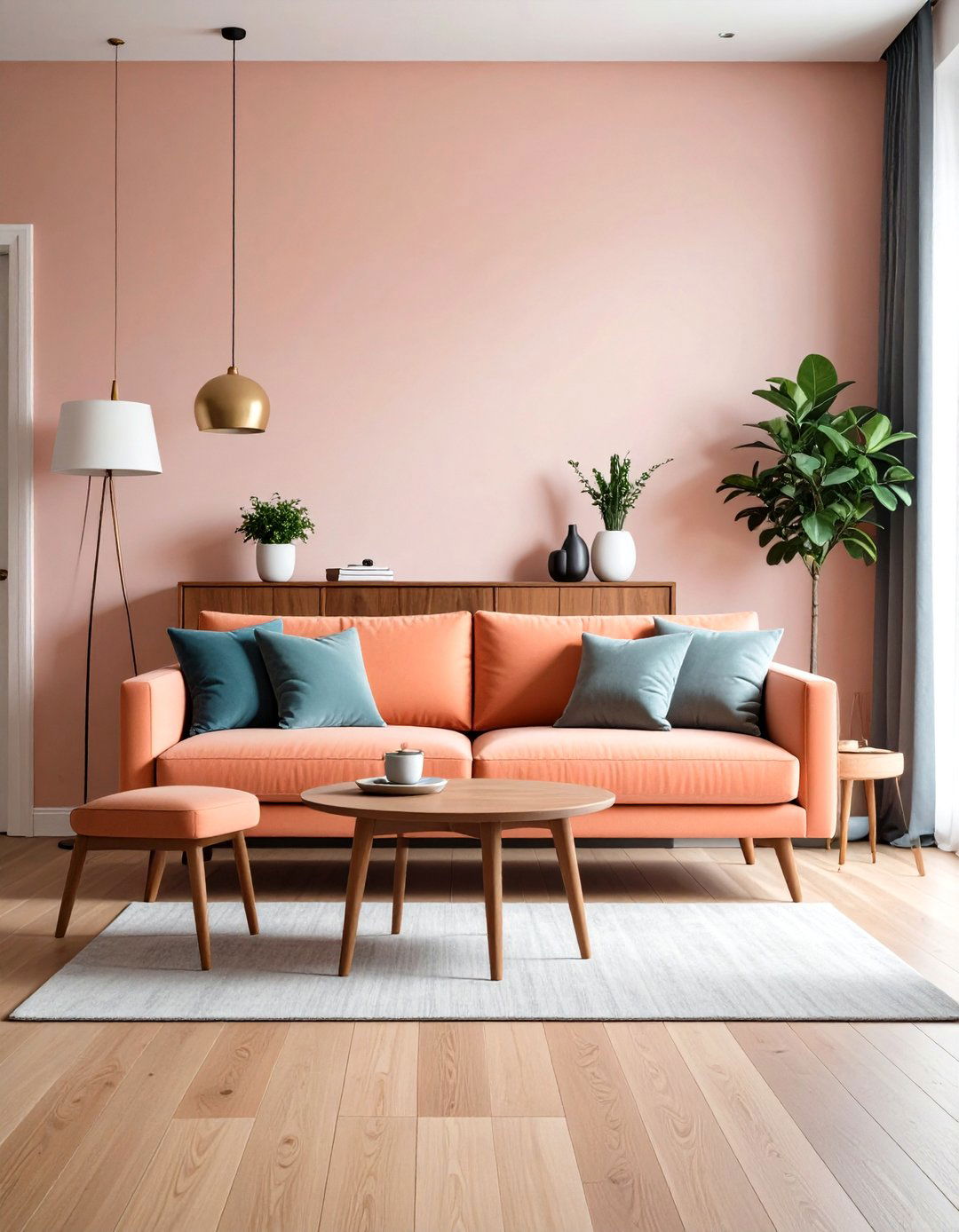
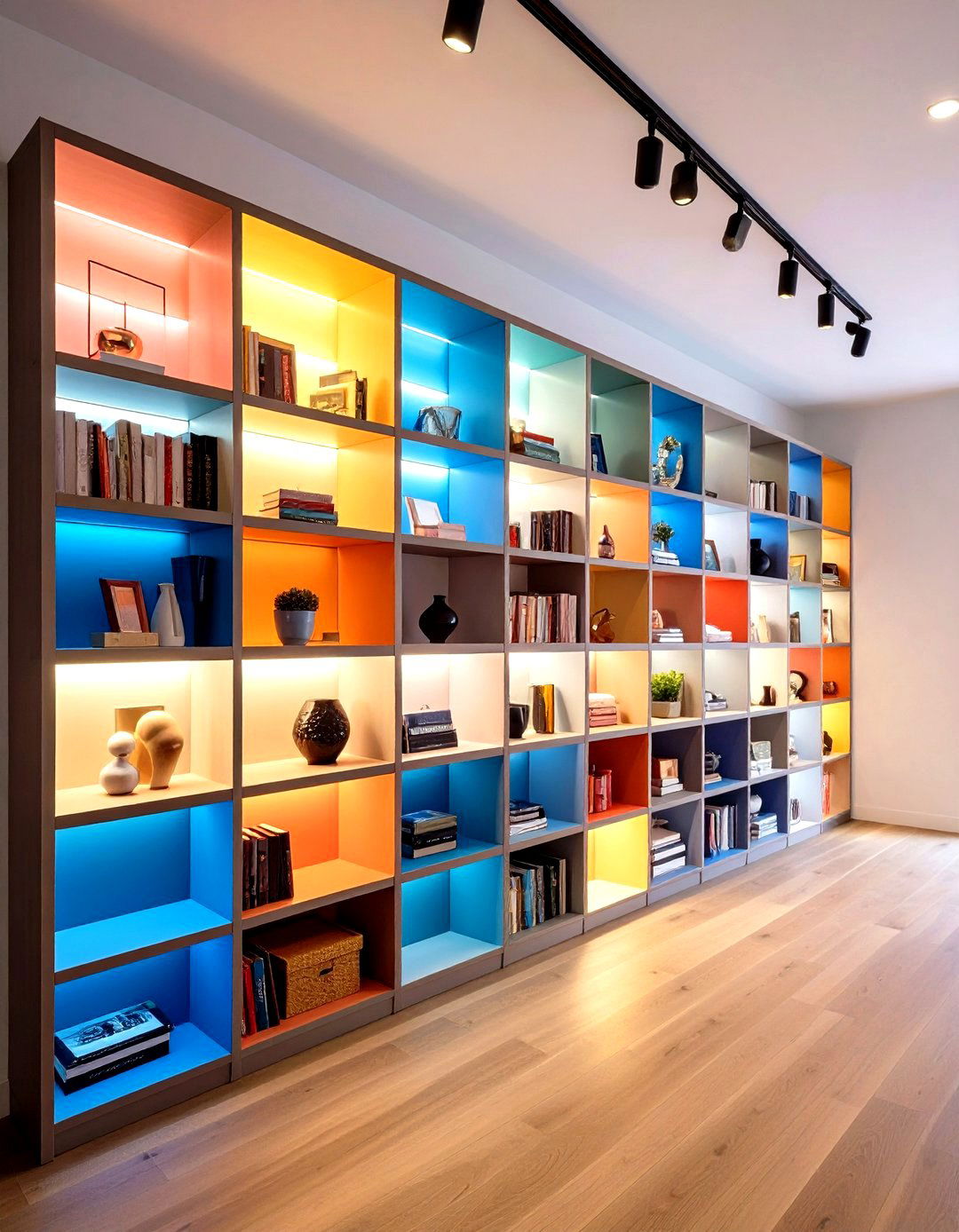
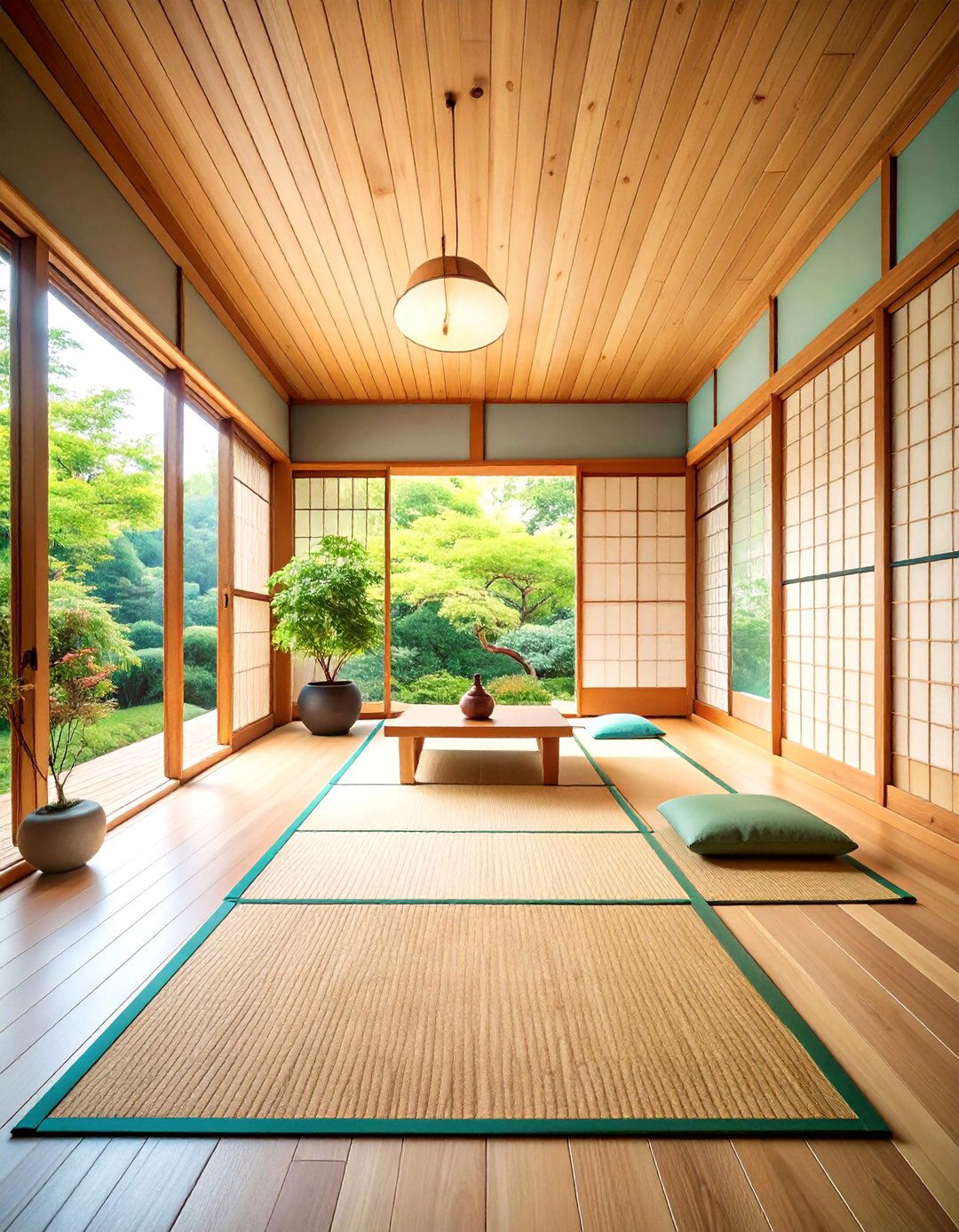
Leave a Reply